You are obviously reading this post because you are considering starting a lifestyle blog.
Or you’re currently in the research phase, and you are genuinely wondering how to start a lifestyle blog and if it will ever become as successful as the others you see online.
Welcome to my world.
In 2015, I started a lifestyle blog called Mary Angela Designs. It talked about everything – food, adventure, travel, creativity, etc.
However, it failed.
And it brought in zero money. Something, I will shamelessly admit.
I then pursued multiple online businesses primarily geared toward drawing and creating comics which were all successful in their own right before starting my beloved Stray Curls in 2018.
Stray Curls was a smashing success.
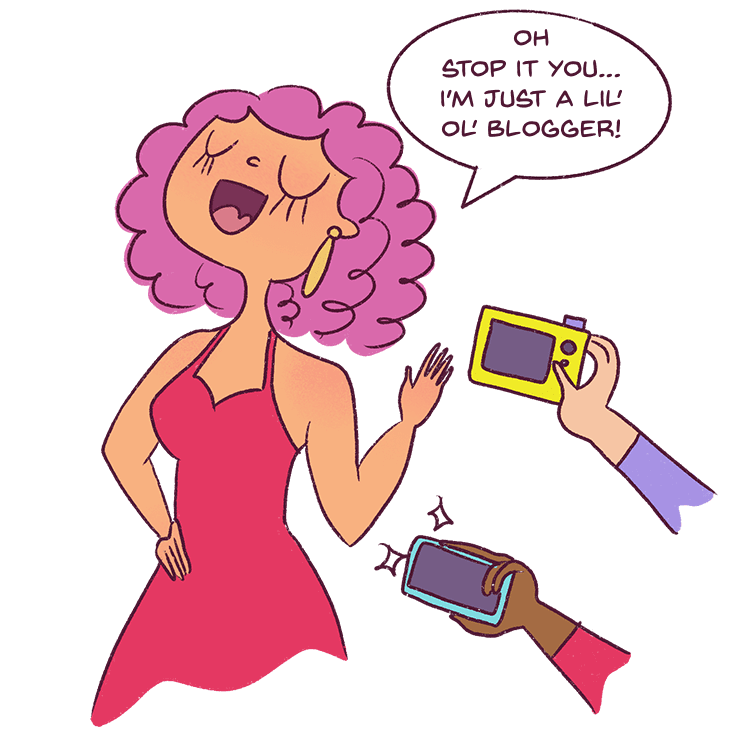
It discusses blogging and online businesses but dabbles in creativity. It strictly adheres to women looking to start online businesses and grow them from scratch at home.
Because it is in a pretty popular niche, I didn’t have any trouble growing this blog.
In late 2020, I bit the bullet and started Mind Space Cafe – a lifestyle blog dedicated to self-care, self-love, and relationships. It is geared toward single women and women navigating relationships looking for peace and love – love within themselves.
This blog was inspired by my personal struggles, and now a year later, I’ve finally monetized it with SHE Media Ads.
So, based on my experience of actually starting and growing a lifestyle blog, I feel I am qualified to write about how I grew it and what steps I took to start gaining traffic to this lifestyle blog.
Now, in this post, I’m going to discuss:
- What exactly went wrong with the first lifestyle blog – why didn’t it make me any money
- What steps I took to start this lifestyle blog and grow it to what it is now
- How I promoted it and got traffic
- What I did to humanize my posts and get more people to relate to it
- Step by step instructions to help you start a lifestyle blog
- The best ways to monetize it
- What you need to build a successful lifestyle blog
This post is well over 9K words because it entails my experience with my lifestyle blog, so pick a section to read if you’re short on time. However, I advise that you read the whole thing because you will find it immensely useful.
In the meantime, please pick up my free 12-page blog planner to help you become more organized with your blog.
This post includes affiliate links to products I truly (from the bottom of my heart) recommend, meaning at no extra cost to you, I may earn a small percentage which I will use to buy my poor dogs food.
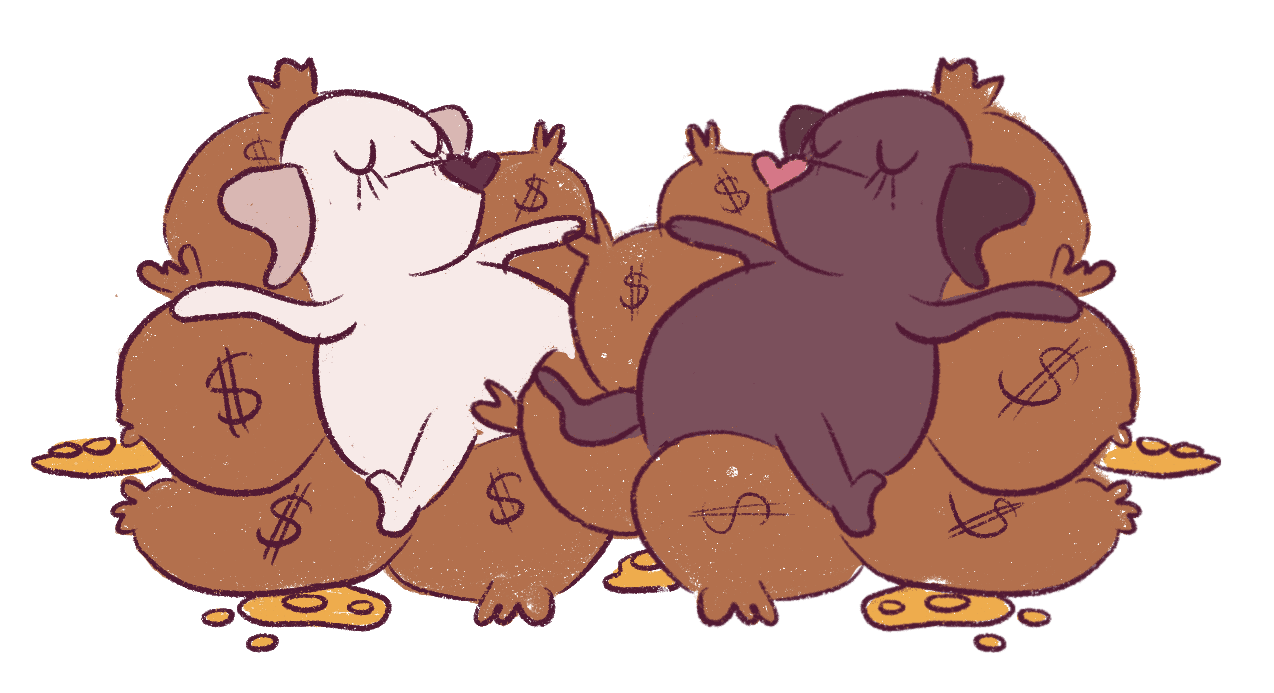
Let’s begin, daddy-o.
Table of Contents
What is a lifestyle blog?
A lifestyle blog is a blog or online platform based on the author’s personal interests, daily activities/hobbies, skills.
It may be a mish-mash of multiple interests, and it’s definitely more personal than other types of blogs that are more niche-focused.
For instance, a food blog may only focus on recipes. But a lifestyle blog may publish recipes, posts on motherhood, blogging, etc.
Lifestyle blogs or posts are much more personal and relatable because they are drawn from the author’s experiences.
I will, however, say this: Lifestyle blogs were very easy to start and grow before 2015, mainly because SEO wasn’t as advanced as it is now, and the algorithms that Search Engines used were much more lenient and forgiving.
With time, Google introduced something called EAT:
- Expertise
- Authority
- Trust
And one of the caveats is that you cannot really build an authority for a particular subject unless you are extremely niche-focused and are continuously publishing posts in a specific niche.
For instance, if you look up, “How to potty-train my puppy?” Google will be more than happy to show you posts from blogs that have written over 50 posts on dogs, rather than a post from a blog with five posts on dogs, nine on food, and 13 on dust allergies.
Now, you may be wondering, “If Google is going to be so harsh, how do I start a lifestyle blog and get it to grow and rank on Google Algorithms?”
There is a way to circumnavigate this rule, and that is to pick a target audience when choosing topics.
I will explain this concept further in this post.
What is the difference between a regular niche blog and a lifestyle blog?
A regular blog focuses on one niche entirely like:
- Food blog
- Health and fitness blog
- Drawing Blog
A lifestyle blog, on the other hand, focuses on a range of interests like:
- Christian blogs that talk about prayer, relationships, and love
- Creativity blogs that talk about DIY, drawing, and knitting
- Mom blogs that talk about health, parenting, recipes for families, etc.
Lifestyle blogs are more personal and written in a conversational style than regular blogs.

Why should you (or not) start a lifestyle blog?
There are multiple reasons as to why you should start a lifestyle blog:
1. You want to talk about 2-3 different things
Suppose you have tried narrowing down the topics but cannot choose which topics you want to talk about. This is totally fine, and I’ve seen many people do this.
When I started Mind Space Cafe, I wrote posts on productivity, minimalism, and self-love. Over time, I slowly migrated to self-love, minimalism, and relationships because that’s what I grew to love writing more.
Lifestyle blogs evolved, and this is completely alright.
2. You are unsure which topic will click with your audience
Starting a blog can be a little confusing because there is so much to get right, but as you keep writing and building that consistency, you start to see that some posts out-perform the others. And your writing starts connecting with a particular audience who have specific interests.
However, the only way to get to that point is to write about 2-3 different topics.
So, it’s alright to experiment with 2-3 topics till you realize which ones are doing it for you!
3. You want to be more personal and engage with your audience better
Lifestyle bloggers are personal and engaging. They talk to their readers in more of a conversational style and treat them like their friends.
And more than gaining subscribers or followers, you build a community of like-minded people and interests.
4. You don’t want the burden of making products
Lifestyle blogs usually (not always) make money via ads, affiliate marketing, and sponsorships. It is more challenging to build a product and market it to an audience because your audience has varied interests. So, lifestyle blogging has an excellent potential of making money passively.
This is the only reason I created my lifestyle blog because I wanted to monetize it via ads.
5. You don’t have much time for research
One of the main benefits of having a lifestyle blog is that you don’t need to research heavily or educate your readers all that much.
Because you are drawing from your own experiences and talking about your personal takeaways from your life, all you have to do is basically write.
6. You don’t have a problem showcasing a bit of your life
It is challenging to grow a lifestyle blog if you are camera shy or don’t want to talk about your life.
Lifestyle blogs are personal, and unless you are comfortable talking about your experiences, you should not start one.
Now that you understand whether lifestyle blogging is for you let’s use some examples to give you some much-needed inspiration.
Examples of lifestyle blogs I love and personally follow:
1. Om and the City
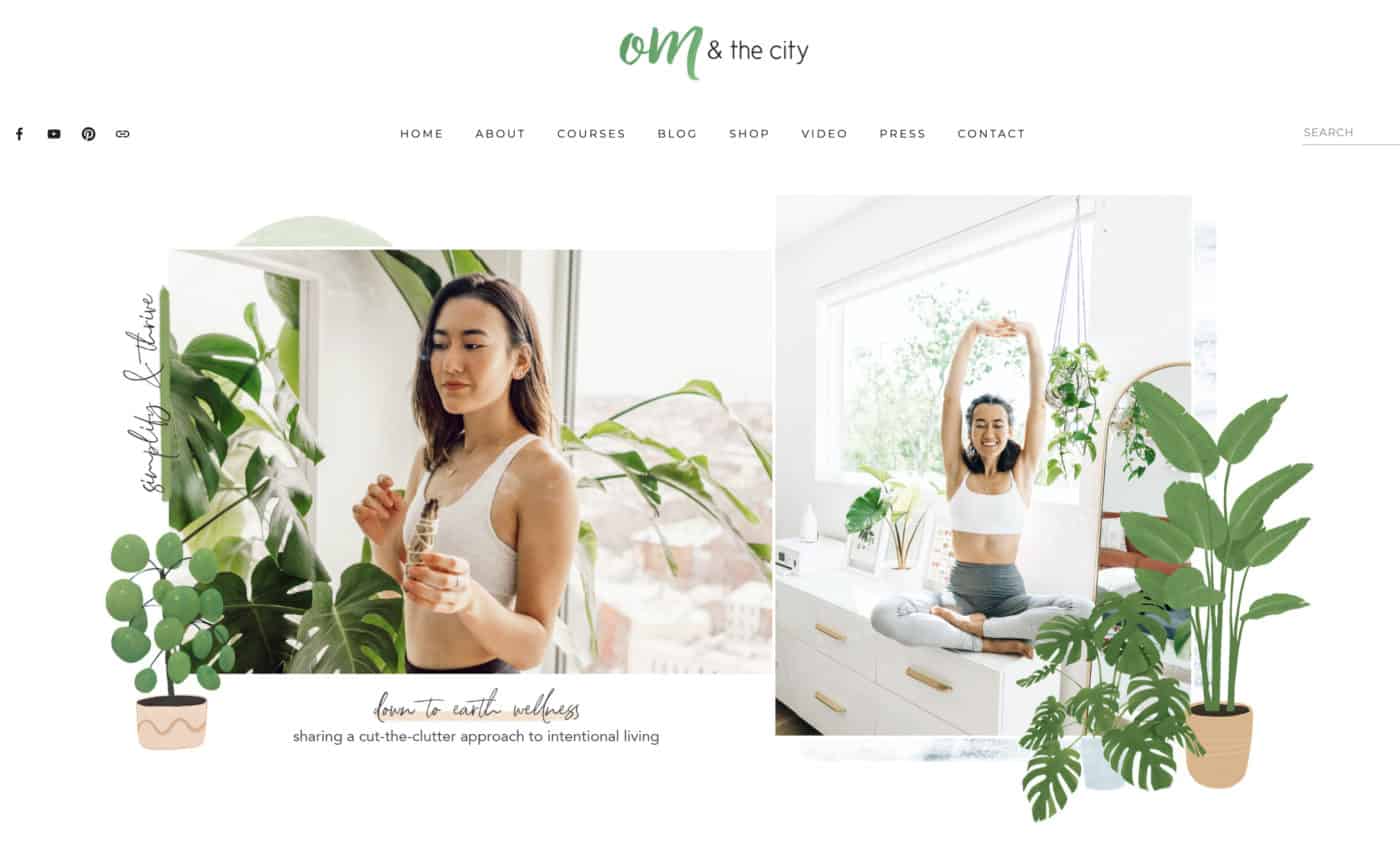
I’ve been following Jules from Om and the City for a long time, and she is one of my biggest inspirations for healthy living. She motivated me to cut down on dairy and live minimally.
Her blog inspires women to focus on less and live fulfilling and sustainable lives.
She covers several topics like:
- Health and wellness
- Mindfulness
- Productivity
- Sustainable living
- Travel
- Clean beauty
I discovered her blog on Pinterest (Pinterest is the best social media for lifestyle bloggers), and I was hooked onto her YouTube channel after that.
2. Gathering Dreams
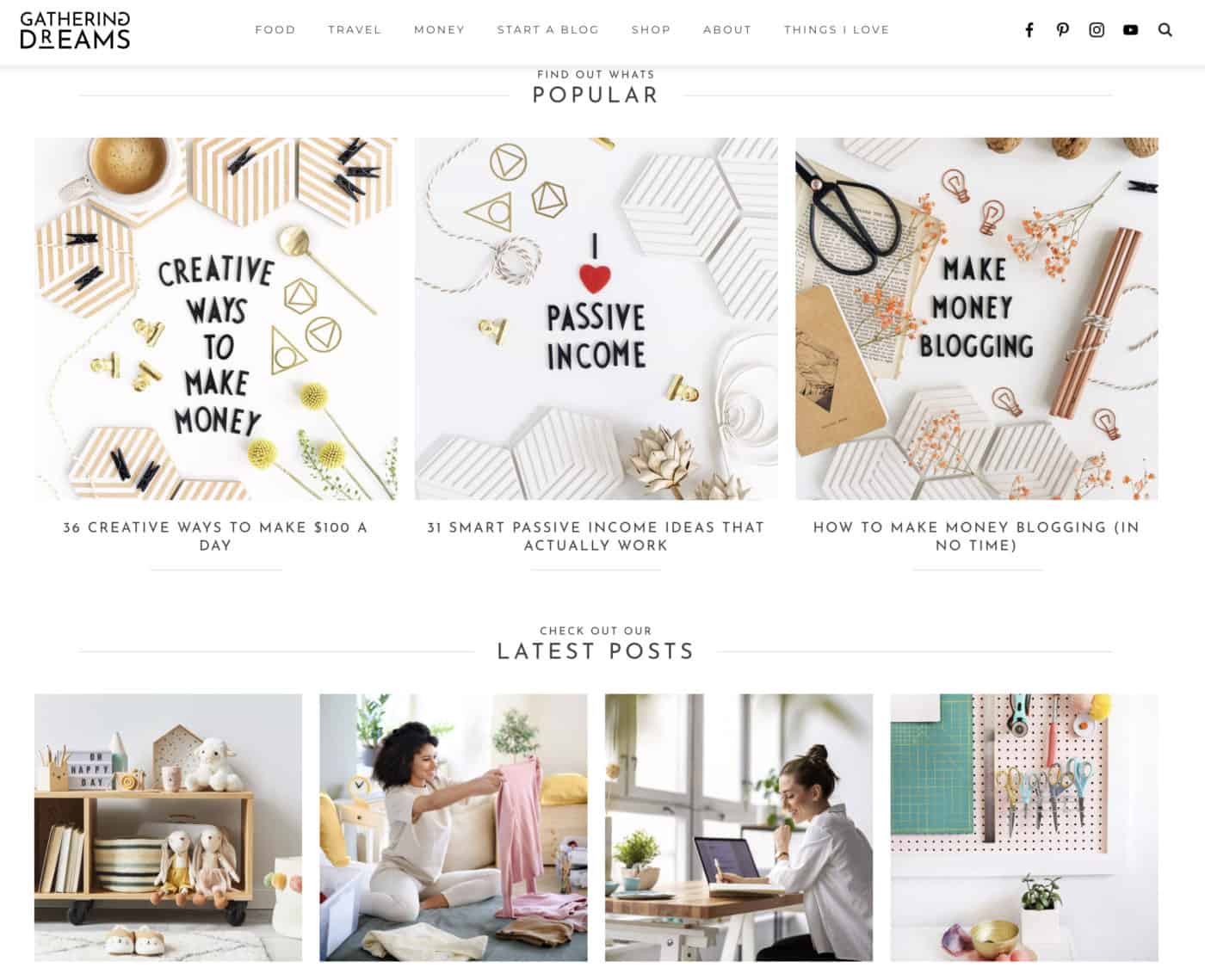
Gathering Dreams was started by Sara and Daniele, Sara writing most of the posts, and Daniele behind the photography.
Sara worked a full-time job before deciding one day that enough was enough. She did her research on finance and passive income and shifted to blogging. She helps people upgrade their lives and live more healthy and happy lives. Her lifestyle blog discusses:
- Food
- Travel
- Money
Her blog dares you to dream and pursue those dreams to make them a reality.
3. A Beautiful Mess
This is a timeless lifestyle blog I discovered a couple of years ago. Started by sisters – Elsie Larson and Emma Chapman, this blog caters to women who want to stay home and make something.
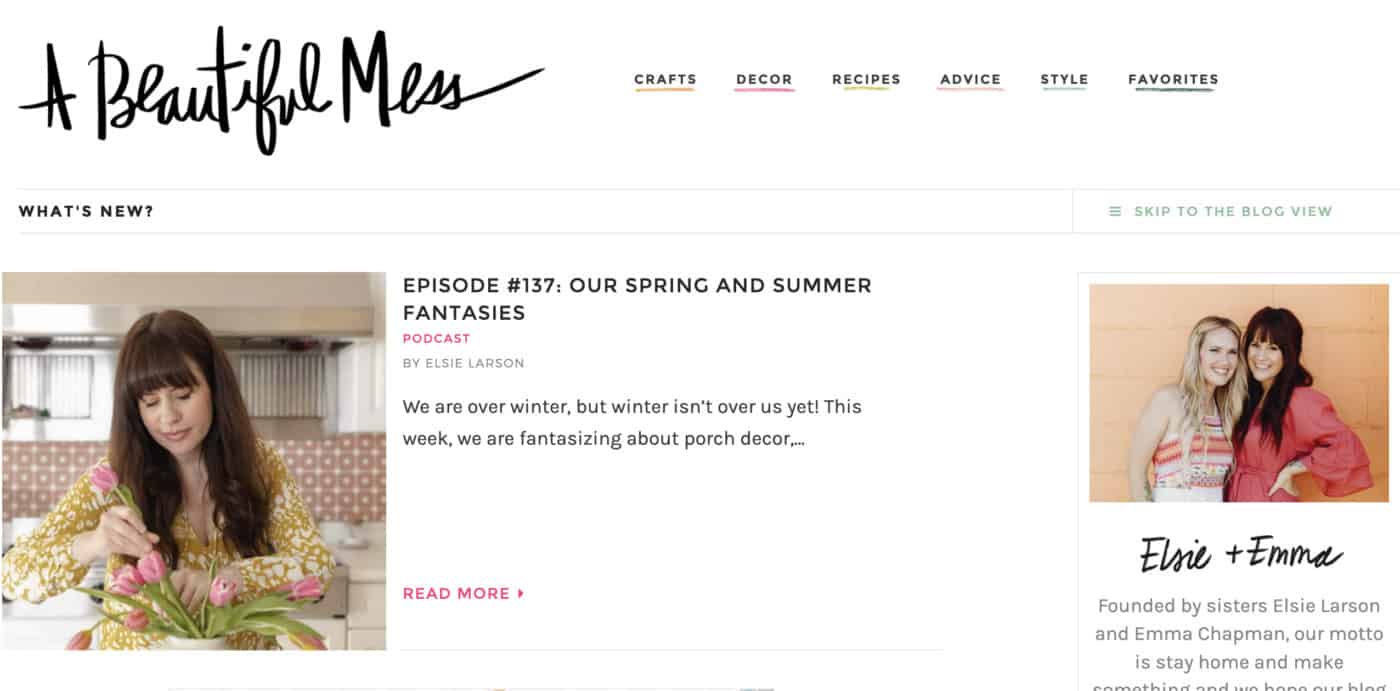
A Beautiful Blog is a creativity and lifestyle blog that pushes women to create, create and create. It deals with topics:
- Crafts
- Decor
- Recipes
- Advice
- Style
Under each topic, they deal with many other sub-categories under each topic – this is an excellent example of a broad lifestyle blog.
4. Be More with Less
I was introduced to Be More with Less after I read a book by the blog’s author – Soulful Simplicity.
This book changed my life. Courtney Carver was stressed, tired, and overall overwhelmed. She adopted minimalism and applied it to every area of her life, and her life changed dramatically. I was able to relate to it heavily, and that’s why I am forever indebted to Courtney and many others for introducing me to minimalism.
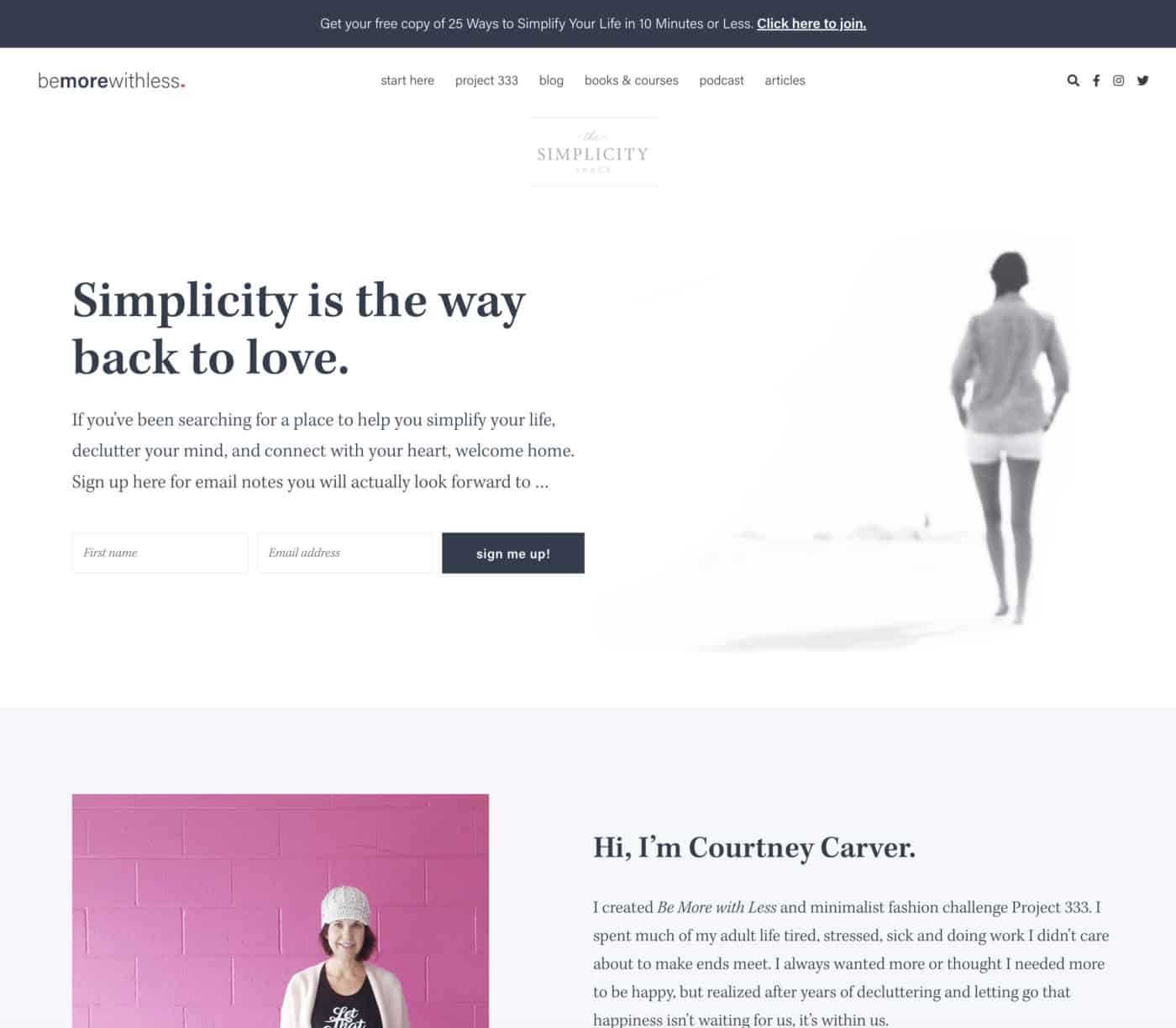
Even her blog’s design is so simplistic, clean, and beautiful. She made me realize that minimalism isn’t a practice but a way of life.
Her lifestyle blog does cover multiple topics like:
- Clutter
- Health
- Money
- Work
5. Imperfectly Perfect Mama
Elna Cain has started and grown many blogs in the last few years.
She’s primarily a freelance writer, but she’s used her skills as a mom and a freelancer to create blogs that showcase her expertise.
I’ve been following her ever since she started Twins Mommy, and my respect for her as an Entrepreneur has grown substantially over the years because she is not only wise, but she is also kind and incredibly generous with her information.
Even though I am not a mom, I will frankly admit that I enjoy reading her blog – Imperfectly Perfect Mama. I plan to be a mom someday, and I like reading posts that will help me during that particular phase of my life.
Imperfectly Perfect Mama is geared towards moms in general who have to balance kids, work, and maintain a household. She helps moms stay sane and helps them realize that motherhood can be made easy and enjoyable with a few simple tips.
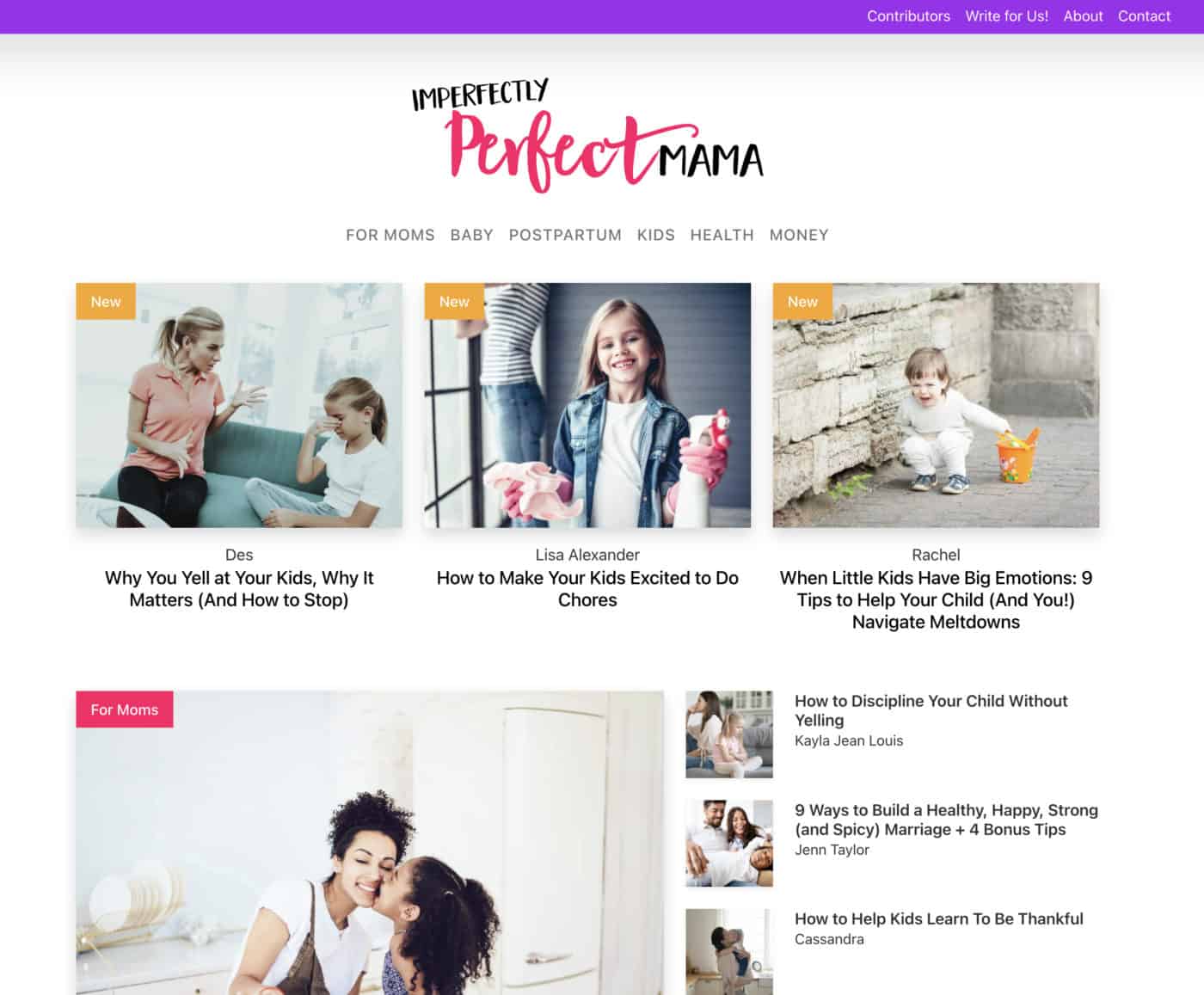
She (along with many other authors) covers multiple topics like:
- Postpartum
- Moms
- Kids
- Health
- Money
This lifestyle blog is a contributor blog – which means that most of the posts are written by experts in the mommy blog niche and are an aggregate of information from several authors.
This is an excellent type of lifestyle blog to start if you want to streamline your blogging or create a second or third blog.
Okay, so now you have a great idea of what a lifestyle blog is, and you’ve even seen some examples.
Let’s begin with starting a lifestyle blog!
Choosing a niche for your lifestyle blog
Okay, there is a little bit of thinking involved here and let me break it down for you. Here’s what you should focus on when you’re choosing a blog niche:
1. Focus on a target audience
More than focusing on a collective group of interests like food, photography, art, ask yourself who can I target that will love reading about these topics.
For instance, if I wanted to write a blog for mainly college students, I could target topics like:
- Studying
- Fashion
- Productivity
But at the same time, you have to be highly aware of how you can monetize your lifestyle blog.
College students don’t have much money to spend. So, starting a lifestyle blog that caters to students can only be monetized with Ads.
However, if your target audience is moms, then you can also make money via affiliate marketing by including affiliate links to products that they will purchase to make their entrance to motherhood easier.
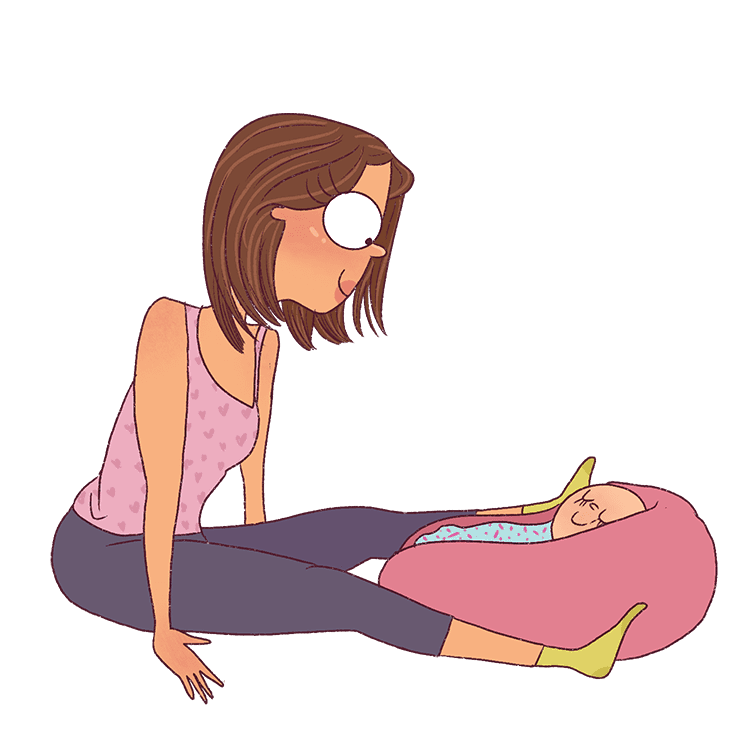
My general suggestion to you (if you want guaranteed success) is to start a blog that caters to people aged over 18 years. This way, you’re playing it safe.
2. Focus on a common problem you are solving
For instance, I wanted to solve one problem with Mind Space Cafe – helping women heal from bad relationships or life in general and find peace and love.
So most of my posts are geared towards single women or women in unsatisfying relationships.
Please spend some time thinking about your target audience and their current problems. Here are some questions you can answer to come up with a niche:
- Who is my target audience? Moms? Women looking to heal? Men looking for help related to fashion and style? Women sitting at home who want to make money online?
- What can I help them accomplish? What problems can I genuinely target that draw from my own experiences?
3. Make it more helpful than personal
I know I said earlier that lifestyle blogs are more personal than regular niche blogs. Still, the truth is, over time, lifestyle blogs have become more educational and helpful, and less personal.
Don’t get me wrong; you can still draw from your own experiences when writing posts, but each post is geared toward helping your readers achieve something.
For instance, when I was writing a post that dealt with helping women struggling with singleness, I covered topics like:
- Is being single unhealthy? I wanted to educate my audience that there is nothing wrong with being single, and it’s perfectly normal to be single at any age.
- Why does being single hurt so much? I wanted them to understand that it is normal to feel pangs of pain or loneliness when you are single.
- 13 ways to cope with being single, And then I gradually moved towards different methods they could employ to feel better about being single.
The whole post is geared towards taking single women on a journey from point A to point B – the final destination is finding peace with singleness.
I talk about my experiences with being single, but it isn’t the whole main course.
And that’s how you need to write your posts when writing for a lifestyle blog.
So, apart from being personal and relatable, you also have to be incredibly human and helpful.
This is how you create a lifestyle blog that finds success sooner than most.
If you’re still having trouble deciding on a niche, pick up my blogging niche workbook here. 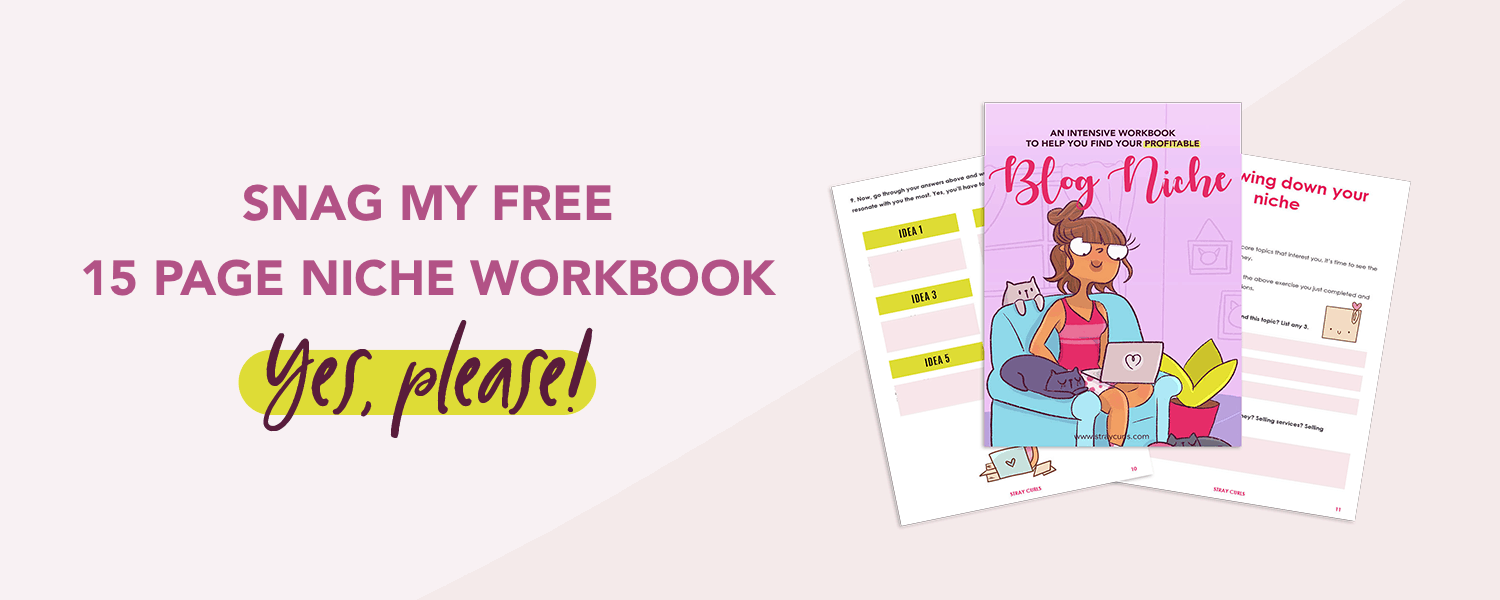
At the end of the day, even if you choose multiple topics to blog about and it’s geared toward a single target audience, try to keep it within 3-4.
Remember what I said earlier about Google looking at whether you are an Authority for that particular topic? Sticking to 3 topics helps Google understand that your topics are somewhat inter-related, and they will start ranking you for keywords related to those topics.
The lesser, the better.
Branding – Choosing a name and designing a logo
A domain name is your website URL.
E.g.: (www.twitter.com or www.yahoo.com or www.straycurls.com)
Don’t overthink this.
I know when you’re starting a blog, you’re going to want everything to be perfect.
There is no such thing as a perfect blog – you cannot get everything right. And the more you waste time researching and trying to make things perfect – the more you’re going to delay starting your blog.
This will invariably slow you down and shift your focus away from the most important thing – writing and publishing content.
When picking a name for your lifestyle blog, remember to keep the following points in mind:
- Do not keep your domain name too long. Try to keep it within 15-16 characters.
- Make sure it’s easy to spell. Write it down and see if it sounds right. www.therapist.com can be read in 2 different ways. You don’t want that happening when you’re naming your blog.
- Choose a .com because it’s easy to remember.
- If you cannot find your domain name or it’s owned by someone else, let it go and buy another one. It’s not worth the hassle.
- If you’re finding it hard to come up with a domain name, you can create something that describes the niche you’re in. For instance, take Saranya, who chose to go with One Fine Wallet because her blog is all about finance and savings.
- For inspiration, look up your competitors. See what they’re doing. Try not to keep it similar to theirs; you want to stand out!
- When all else fails, go with your own name. See how Kimi Kinsey is rocking her blog.
- Think of what you want to be remembered for and use words that resonate with that!
For the love of everything holy in the world, do not overthink your domain name.
Google has stated that your domain name will not influence your SEO in any way.
Google’s John Mueller declared in 2020:
“Just because a website has a keyword in its domain name doesn’t mean that it’s more relevant than others for that keyword. In short, you don’t need to put keywords in the domain name.”
This means if you’re starting a lifestyle blog in the home organization niche, you don’t need to put keywords like “home” or “organization” in your domain URL.
Now, regarding the logo – keep it simple.
Most lifestyle blogs have straightforward text-based logos.
You don’t need an extremely fancy logo created by a Logo Designer if you’re starting a lifestyle blog. Keep your expenses low and minimal, and go for something sleek and simple.
I would highly suggest just buying a simple and minimalistic premade logo bundle like this:
This will save you so much time, and it looks really professional too!
It can get overwhelming in the beginning when you’re branding and thinking of a logo concept but take it from someone who’s a graphic designer, illustrator, and blogger – the more straightforward you go, the more you stand out.
You can even use Canva to design your logo. If you’re planning on getting into this full-time, get Canva Pro. You’ll get access to multiple photos and design elements, and it’s worth it.
Less is more, indeed.
Let’s move on to where you need to spend your money.
Buying the hosting for your lifestyle blog
Your hosting is basically where your website will live – imagine a house where your little blog is going to stay.

The bigger your website/blog gets, the more housing space you require.
Now, since you’ve already named your lifestyle blog, let’s understand how we can buy hosting.
Whatever you do, don’t go for free hosting.
I understand that you may be on a budget, but free hosting will seriously impact your blog earnings.
If you are blogging as a hobby and have no intention of making money with your blog, free hosting is alright. Otherwise, stick to paid hosting.
And if that doesn’t convince you, here are a few more reasons why you should not start a blog for free:
- Affiliate Marketing becomes impossible. It’s difficult to apply to Affiliate Programs when you have a blog on free hosting. No Brand or Company would want to be associated with a free blog. It tarnishes their image. They will decline your request almost immediately.
- You cannot place ads freely. Getting accepted into Ad programs is the same. And now, you will need to be accepted by Google Ads before you get accepted by most Ad networks.
- You can lose everything without any notice. Tomorrow, the free blogging platform you’ve chosen can close down, and your website will be wiped clean. Or they can change the rules, and you’ll have to start from scratch. It’s extremely risky!
- Ranking on Search Engines is close to impossible. You can say goodbye to your search rankings because Google will never rank free websites in their Search Results. Remember, they want to provide only the best user experience to their readers.
- Your domain will look outright hideous. This will automatically drive people away.
The Best Host for New Bloggers
*whips out her pokéball*

Man, I can really rock a low ponytail…
I choose you, Bluehost!
Go with Bluehost because it’s quick, efficient, cost-effective, and reliable.
It’s the perfect solution for new bloggers who want to host their blogs and not spend a fortune on them.
Not only do they have 24/7 customer support, but they also give you a money-back guarantee if you’re not happy.
Apart from this, WordPress gets installed automatically!
You’ll also get free SSL – which every blog needs now to prove to Google that you’re a secure website. You’ll get the “https://” instead of the regular “http://,” which will also help you rank better.
And the best benefit of all: You will get a free domain!
Why buy a domain when Bluehost allows you to pick one for free?
(Click here if you’re in India and want to see Bluehost India)
Additional features include:
- Checkout Sitelock Security: This allows you to monitor your blog and help you get Business Verification. If you’re planning to offer services on your website, you want to check this out.
- Codeguard Basic: This keeps multiple backups of your website. You can restore the last working backup if you ever make a website boo-boo!
- SEO Tools: Bluehost gives you fantastic SEO tools that you can use to grow your blog traffic organically. Here is a screenshot of how it looks!
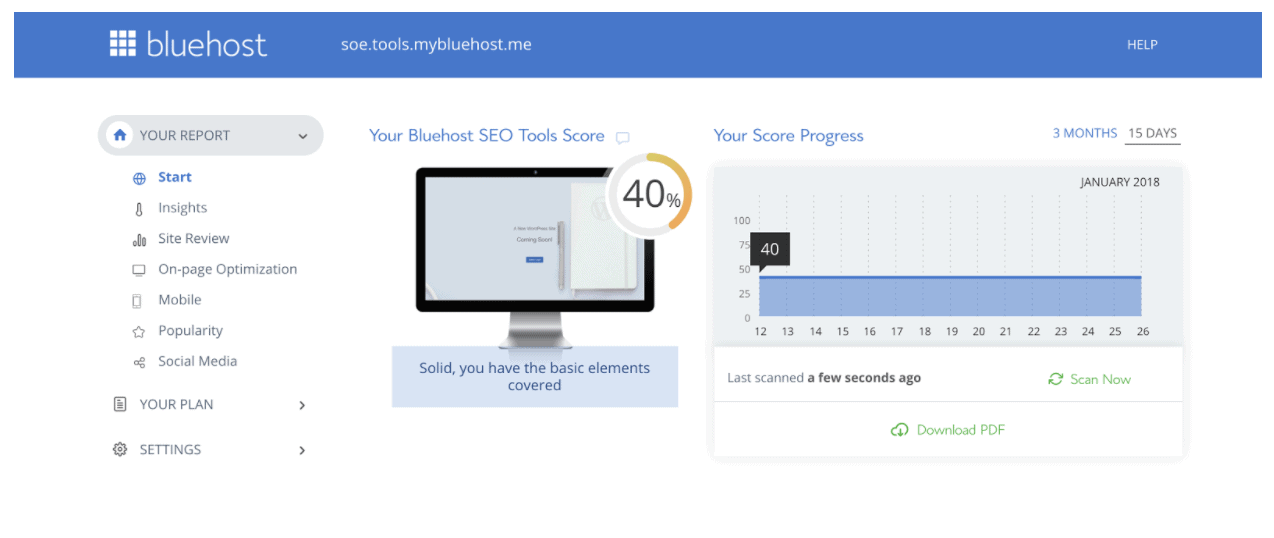
Now, since this is a step-by-step tutorial, click here to visit Bluehost, and I’ll guide you through the whole process of starting a blog.
Baby steps.
Go ahead, and click the Get Started Now button. I’ll wait over here.
Okay… is it done?
Choose a package
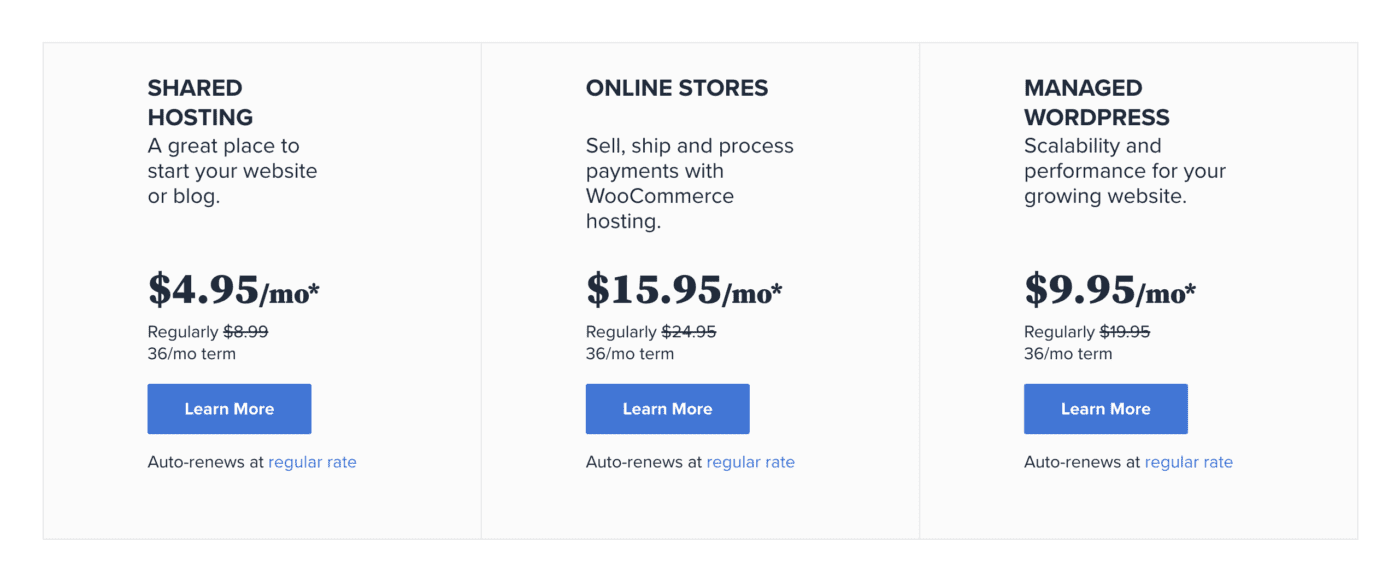
If you’re just starting, you can choose the shared hosting package and slowly move your way upwards as and when you feel your website needs more space or grows a little bigger. After that, select “Basic.”
Type in your domain name
Now you’re going to have to pick a domain name if you already haven’t done it before.
The good news is, if you’ve already purchased a domain, you can click the second option. If not, think of a suitable domain name (if you haven’t already) and select the first.
If, however, you can’t think of a domain name, that’s not an issue at all! Just click on “I’ll create my domain later.”
Did you know that I had no name for eight days after being born? Yep. My parents couldn’t decide on what to name their firstborn child.
To think that they had nine months to come up with one…
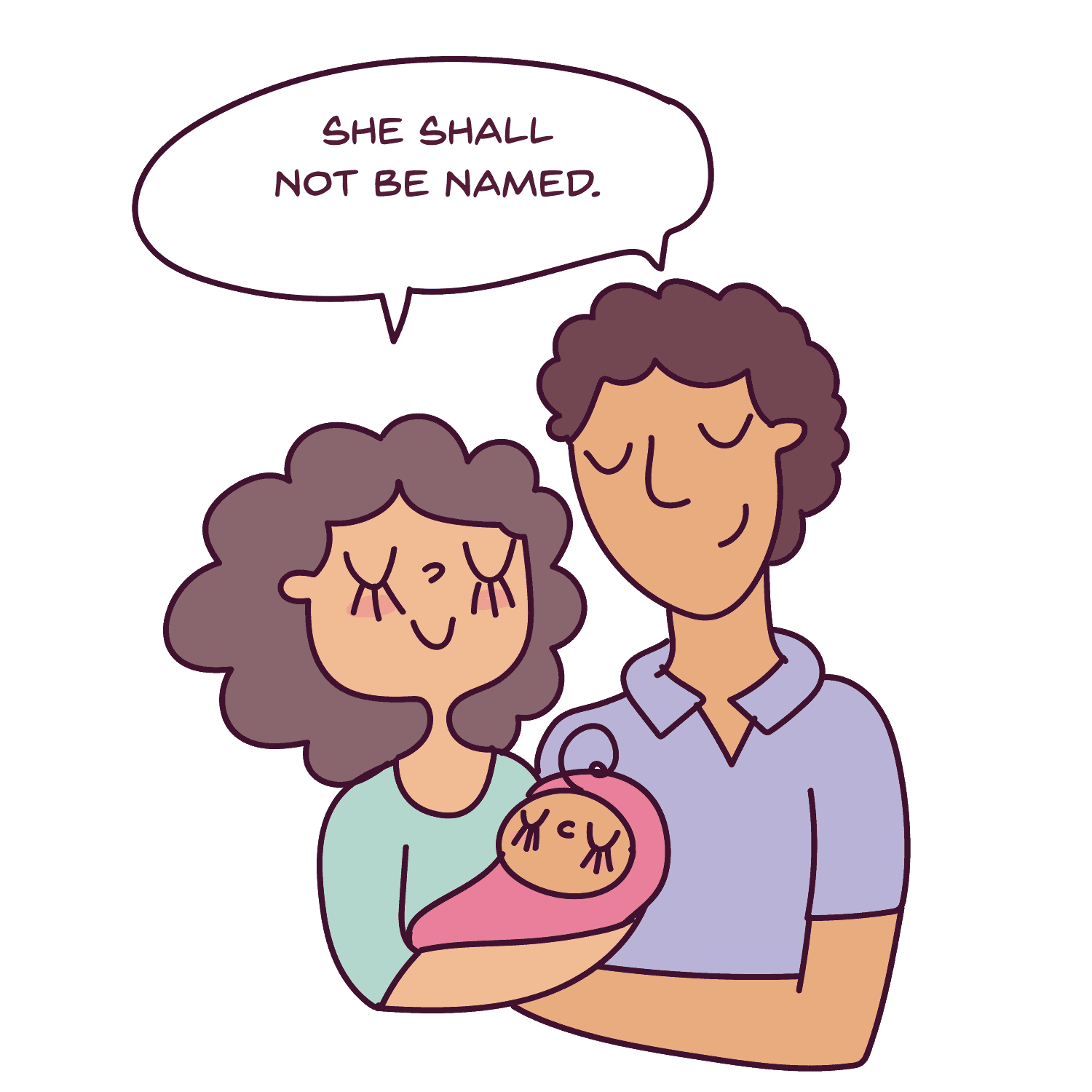
After this, you will be asked to enter your payment and address details.
Entering Account Information
Below, you will have to choose your package details.
The best option, in my opinion, is either 36 months or 60 months because although this is a lot of money to pay upfront, it’s a massive saving in the future.
If you choose the most expensive plan, you will only pay 5.95 per month, which means you end up saving almost 2 dollars every month or $24 in one year!
Entering Payment Details
Below, you will have to enter your payment details.
After you’re done, click the little box to agree to all the terms and conditions (that no one reads anyway) and click on submit.
Phew!
On the next page, you’re going to find some add-ons. You don’t need these for your blog, so just click on “complete.”
All done!
Congratulations! You’ve just purchased your domain and hosting. And you’ve finished the first step of building your website.
Now, set a good, strong password until the bar shows green, and you will get this screen.
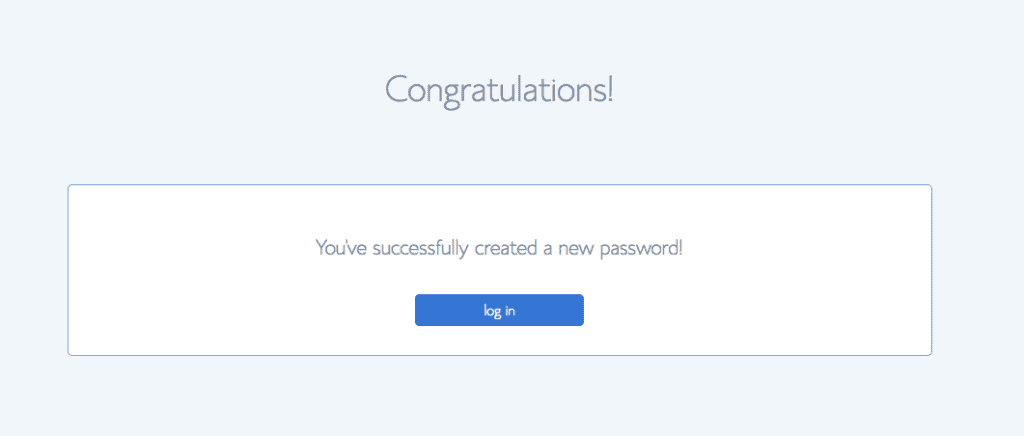
Bluehost will have already installed WordPress for you.
So, all that’s left is to pick a default theme. Just pick one. We will choose a better theme later.
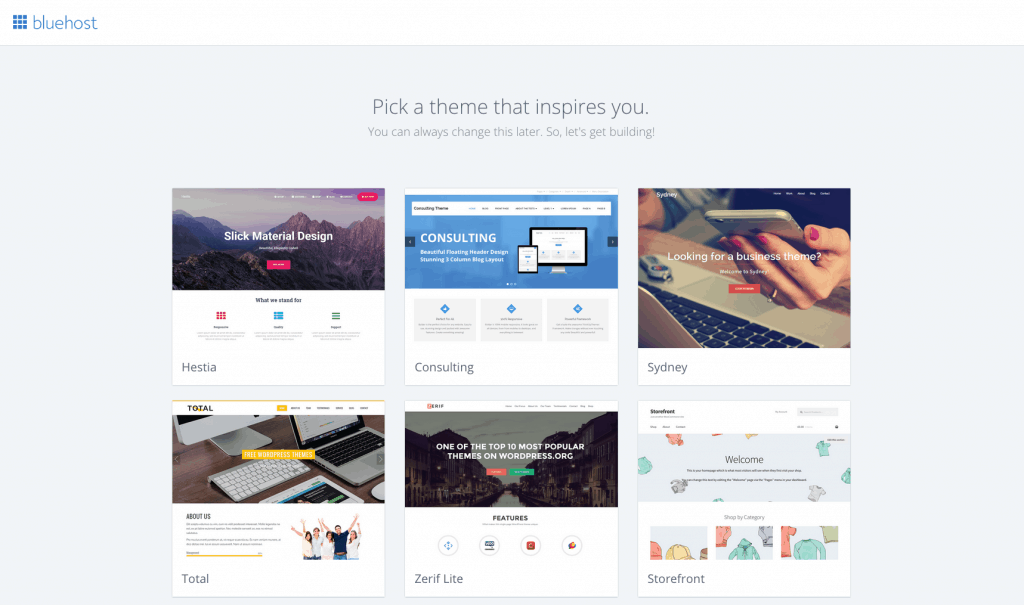
Once you’re in, you will be able to see your Website’s Dashboard! This is where all the magic happens!
The Best Hosting for Intermediate Bloggers
Now, if you’ve already been blogging for 2-3 years, I highly suggest that you move over to Dreamhost.
It’s not expensive at all.
- They have minimal downtime. If you’re getting over 30K pageviews, you will need to upgrade your speed and host.
- They are specially built for WordPress. They load WordPress websites fast.
- Free SSL. Their customer support is excellent. Whenever I have an issue, I just initiate a chat with an available agent, and they help me within minutes.
Overall, once your website becomes more popular and you start creating more pages, I suggest you shift from Bluehost to SiteGround because the user experience becomes better and faster!
The expense won’t pinch you because you’ll be earning a good income from your blog by then.
Both these Hosting Companies download WordPress automatically, so you shouldn’t have any hiccups there.
Okay, now you’ve given your lifestyle blog a name and purchased the domain and hosting for your blog.
All that’s left now is to purchase a theme.
Purchasing a beautiful theme for your new lifestyle blog
Please buy a WordPress theme. You don’t have to buy an expensive one.
But don’t get a free WordPress theme. For multiple reasons:
- Free WordPress themes aren’t updated, and when your WordPress updates next, there is a good chance the theme will not work.
- It isn’t SEO friendly. It will not allow Google’s spiders to crawl your website easily, meaning you are going to find it difficult to be indexed or ranked.
- Due to poor coding, your website speed will get affected. It will lag a lot after installing plugins, and ranking and monetization will become hard.
When you start a website, ranking is not up to you – it’s up to Search Engines.
However, try to do everything efficiently from your side because all these markers directly affect your relationship with your audience and the Search Engines.
Here are a few WordPress themes I recommend:
1. Divi
Divi is personally a favorite among Bloggers because it allows Bloggers to get whatever they want via drag-and-drop.
Yep.
No coding.
Additionally, it allows Google to index your website exceptionally easily. This is something you want because it will help you get onto the front page of Google’s Search Results!
Elegant Themes is constantly updating and adding new themes to its library. They also have excellent customer support.
This is most important when buying a theme for your WordPress Website.
It’s a very elegant solution.

Because if you are unable to figure out something, you don’t want to be left in the dark.
Their Support Team will help you with any doubts or difficulties that you may have. And Elegant Themes is very simple and easy to use, especially if you’re a newbie blogger with no prior website building experience.
What I love about Divi is that it’s incredibly stylish and customizable. See how easy their drag-and-drop feature is!
Did I mention that you get over 800+ premade website layouts when you purchase Divi?
This eliminates the need to get a Designer because you’ll have so many pre-made layouts to choose from! This is super useful if you don’t want to waste time figuring out how to design your website!
And if you buy Divi, you will get access to future pre-made layouts!
Note: Whenever you are picking a WordPress Theme, pick a theme that has a lot of demos and pre-made layouts. This makes it easy to change the look of your website without having to buy another theme.
2. Cheer Up
Cheer Up is currently the theme for my blog – Mind Space Cafe.
It’s very minimal, clean, and simple to set up.
It’s super pretty and highly flexible. And its support staff is excellent! It also integrates with a lot of plugins which I love the most.
It’s a one-time fee for the whole theme, and you get a lot of demos for this theme. I’m currently using the Sweet Crunch (Food) demo for my theme.
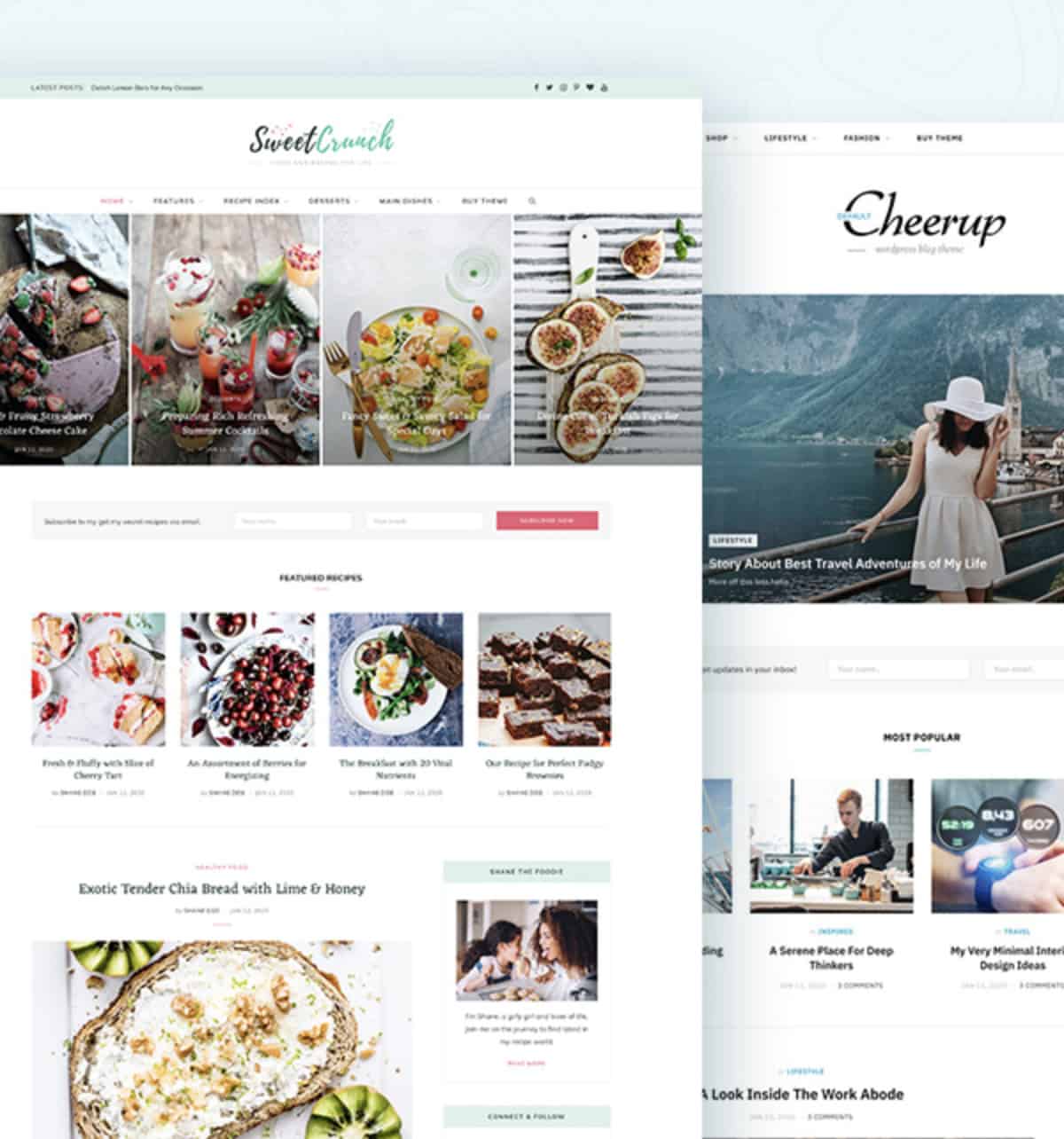
And this is how my website looks at the moment:
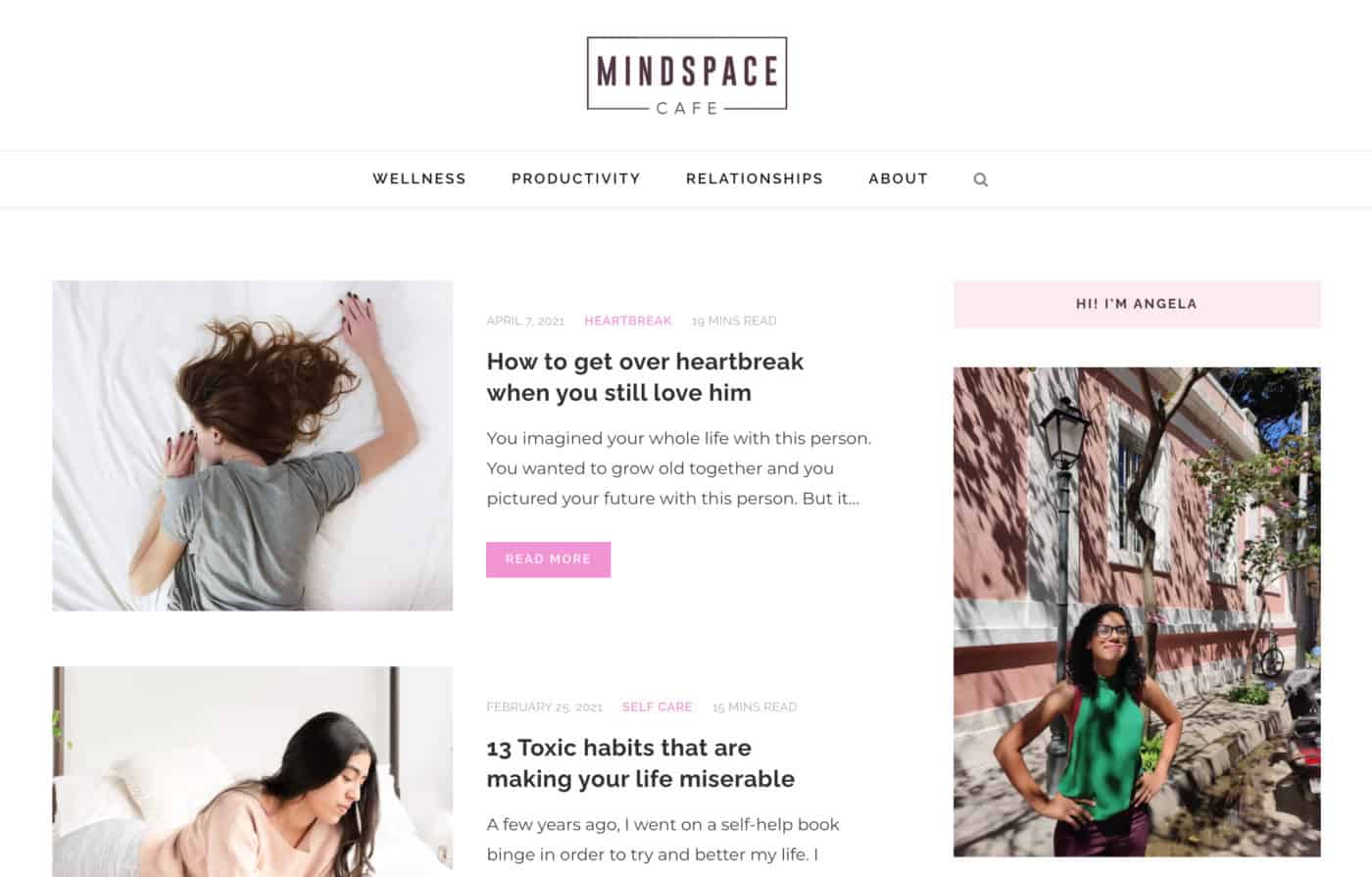
3. Bluchic Themes
Kathie and her husband Andrew wanted to do something different.
They wanted to make WordPress themes especially catered to women. They added a feminine touch to every single theme they published, and no matter what kind of website you want to create, they have a WordPress theme built for your specific needs.
Whether you want to coach, sell digital products, or just put ads on your website, you’ll find a WordPress theme that suits you!
You can check out all their themes here!
But if you’re looking to build a simple lifestyle blog, this theme is perfect for you.
Check out the Olivie WordPress theme by Bluchic here.
Take a peek at all of Bluchic Themes here.
Install these plugins first
There are quite a few plugins that you should get, but I will list the few that make a big difference.
- Akismet – You’re going to be getting a lot of spam comments as a blogger. And you’re not going to have the time to weed them all out. Akismet is free for personal blogs. So download this to filter spam comments.
- Simple Author Box – This will add an Author Box with all your social media icons on all your posts, so you don’t look like an anonymous blogger on your blog. It also helps build the Authority factor on Google and helps your posts rank faster.
- Yoast SEO – For Google and other websites to find you better, SEO is a treasure in disguise. This isn’t an end-all SEO plugin, but it does help you get started by editing your post URLs editing your meta-description.
- Shortpixel – This plugin will smush your images, which will boost your website’s speed because all of your images will be optimized! Speeding up your website will also help boost your SEO.
- Social Snap – This is the best social media sharing plugin I’ve found so far. You do have to pay for it, but it makes sharing so much easier and has a very clean design.
Over time, you will find many plugins that will suit your needs. But don’t download it unless you find it necessary.
Using tons of plugins can slow down your website drastically. Try not to use more than 20.

Note: So, always make sure that your plugins integrate nicely to give you a proper and fully functioning website. If you have issues with a certain plugin or it’s not updating as it should, delete it immediately and find an alternative.
Necessary Pages you need for your Blog
1. A Home Page
When people land on your website, they need to know in less than 5 seconds what your website is about and who your blog serves.
Make your homepage unique, pretty, and highly relevant.
There are a few things you can display on your home page:
- A little excerpt about yourself and a small button leading to your About Page (this can be on your sidebar)
- Recent blog posts
- A short description of your services/products plus links leading back to them.
- Include relevant keywords in your niche on your Home Page. This will boost your SEO.
If you want to keep things super simple, just let your homepage be your blog page and display all your blog posts on the front page. You can always edit the design of your home page later.
2. About Page
This is the most viewed page by people because when people read your blog posts, they’re going to want to know who wrote this post and how they can perhaps get in touch with you.
When you’re writing your About Page, you can include:
- A little history about yourself: How old you are, where you live, and why you started your blog. When people know what drove you to start your blog, they will identify with your passion and relate to you better.
- Your credentials: If you are writing a lifestyle blog about fitness or mental health, please include your credentials. Google bots crawl your About pages to see if you are an expert in this topic. You can even mention your degrees from certain universities to help move this along.
- Whom your blog serves: Write a bit of why you’re writing your blog and whom your blog is for.
- A relevant and high-converting opt-in: Include an extremely relevant opt-in that will get people to your email list.
Additionally, you can read this post to learn how to write an extraordinary About Page for your website.
3. Contact/Reach Me Page
If your readers love you and connect with you, they’re going to want to write you little notes or hire you.
They may also want to write for you or ask you questions.
Aside from that, Companies and Brands will also want to reach out to you.
Have your Contact Page visible, so these people find it easy to write to you. Additionally, the more open and approachable you look, the faster you build trust.
Note: Make sure that you include a link to your Contact page on your Footer.
Aside from these three pages, you also need to include a Privacy Policy page. This is very important to comply with all the laws and rules set for blogs now. You can use buy Amira’s template here.
Now, let’s move on to writing blog posts for your lifestyle blog.
How to publish SEO-optimized blog posts for your lifestyle blog
Focus on creating about 5-10 blog posts in the first month. This is you telling Google that you are serious about your blog and you want to be ranked.
These posts must be very high in quality; otherwise, you will not rank or be indexed.
So, here’s how I started:
- Find websites with a domain authority between 1-25. You’ll have to install the Ubersuggest Chrome extension and then enter multiple keywords (in your niche) in Google Search. For instance, if I had a drawing blog, I’d write, “best pencils for drawing” or “how to draw a horse.”
- Make a note of all the websites with low domain authority in a Spreadsheet. Collect about 30.
- Use a premium Keyword tool (I suggest KeySearch because it’s one of the most cost-effective tools out there), and enter each website in the tool and find out for which keyword is the domain ranking on the front page.
- Now, you know how you can beat your competitor and replace their ranking with yours. Write a blog post on the same topic that is even better and outranks theirs so that you stand a chance to replace their ranking.
I explain my entire process of nailing keywords and writing solid, SEO-optimized posts in this eBook.
What kind of posts should you write?
Aim to write pillar posts.
Pillar posts are usually evergreen posts.
Meaning the information never becomes outdated. These are posts that will have people reading them throughout the year. Pillar posts are super detailed and lengthy.
If you write a pillar post, you’re way ahead of 90% of the bloggers in your niche.
Let me explain how.
Imagine there is a post on the ten best foundations for summer.
But you go ahead and write a post on the different types of foundations for different skin tones.
You also give examples of foundations for oily, dry, and combination skin. Additionally, you sort these foundations on price so that the reader can make a well-informed choice.

And to top it all off, you also create a helpful tutorial video using your trusty camera.
Which post do you think Google will be more inclined to rank first?
Yours, of course!
So how do you write a detailed post?
1. Be detailed and solve one problem at a time
Every time you write a blog post, try and tackle one problem at a time.
For instance, this post that you’re reading teaches you to start a lifestyle blog.
But this post teaches you the different ways you can make money with your blog. It sounds similar, but they’re two completely different posts.
At the end of the blog post, your reader must feel like they’ve learned something new and their lives are just a little bit better. Basically, they should be able to take what you’ve said and put it into action.
2. Every post must have a call-to-action
Every blog post you write must have a specific call-to-action that must be decided before you write the post.
Your call to action can be anything:
- Brand awareness
- Lead generation
- Raising awareness for one of your products/services
- Boosting Traffic
- Making an affiliate commission
- Getting more signups to your upcoming webinar
Based on your call-to-action, you have to create a post accordingly.
If I had a Fitness Blog, I’d write
- 11 Exercises you can do in your hotel room (boosts traffic)
- My Review on the Paw-Ga Yoga Mat (Affiliate Post)
- Case Study: How Anna lost 15 pounds in 2 months after joining The Skinny Gal fitness program (promoting my coaching business)
Once you know what you want to achieve, you can plan your blog content for the next 3-6 months. Or even an entire year. And once you do this, write consistently so that your traffic grows smoothly.
It’s easy-peasy lemon squeezy!
Read these posts to help you:
- Is affiliate marketing worth it? All your questions answered!
- 7 affiliate marketing strategies to boost your sales!
3. Write long posts
Although you might feel like you’re repeating yourself or mincing words, understand that your reader might not be an expert in your field.
When they land on your blog for the first time, they don’t know what to expect.
Your job as a blogger is to make each post super thorough and easy to read.
Remember, what you find basic information will be hard for your readers.
You need to be able to break things down for them so that they understand what you’re trying to convey.
And you can do this by illustrating examples, giving them freebies, including infographics, or breaking a problematic passage into easy-to-consume points.
4. Listen to your readers
Your readers and fans are going to write comments or emails to you. They will ask you questions or your thoughts on a particular subject.
Use these emails and comments to develop even more blog post ideas.
Additionally, you can also use Facebook Groups to find out the most popular blog topics in your niche.
Note: When you’re just starting out, it’s best to write about popular blog topics. This will garner traffic more quickly and help your blog grow. Once your Blog is gaining consistent traffic, you can slowly start blogging about more unique topics.
5. Find your USP (Unique Selling Position)
I cannot stress this enough.
There are a lot of helpful posts and tutorials that I’ve read online, but sometimes, I feel like they’re written by a robot.
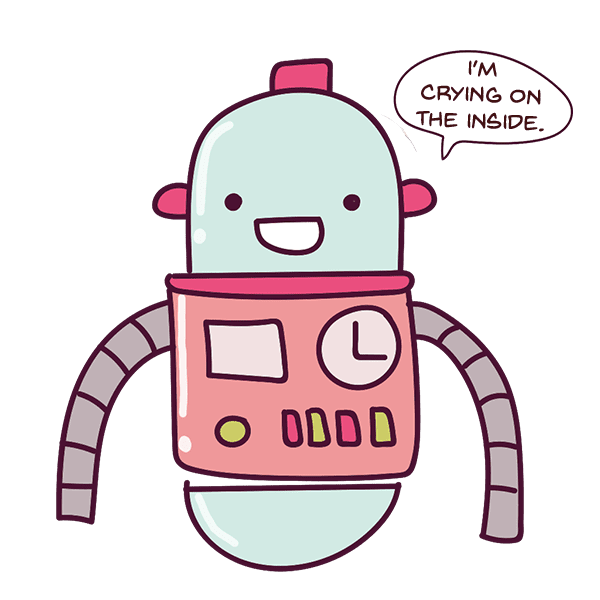
Your readers want to know the real you behind your blog. A lot of people might cover the same topic you have. And if people want to learn about something technical or plain, they can read an encyclopedia. Instead, they’re coming to you.
So, your personality needs to shine through your blog.
What makes your blog unique is the way you tell it – your voice.
The way you connect the dots. Everybody’s perspective is different. So, write from your heart.
Additionally, you can use my Business Planner to help you find your voice and start a Business the right way!
6. Have an enticing title
Using relevant keywords is going to help your Blog Post reach the top.
For example, if you type “Things to write in a blank notebook” in Google, my post comes up as the third search!
It’s had over 30,000 shares and is still responsible for a lot of traffic to my website.
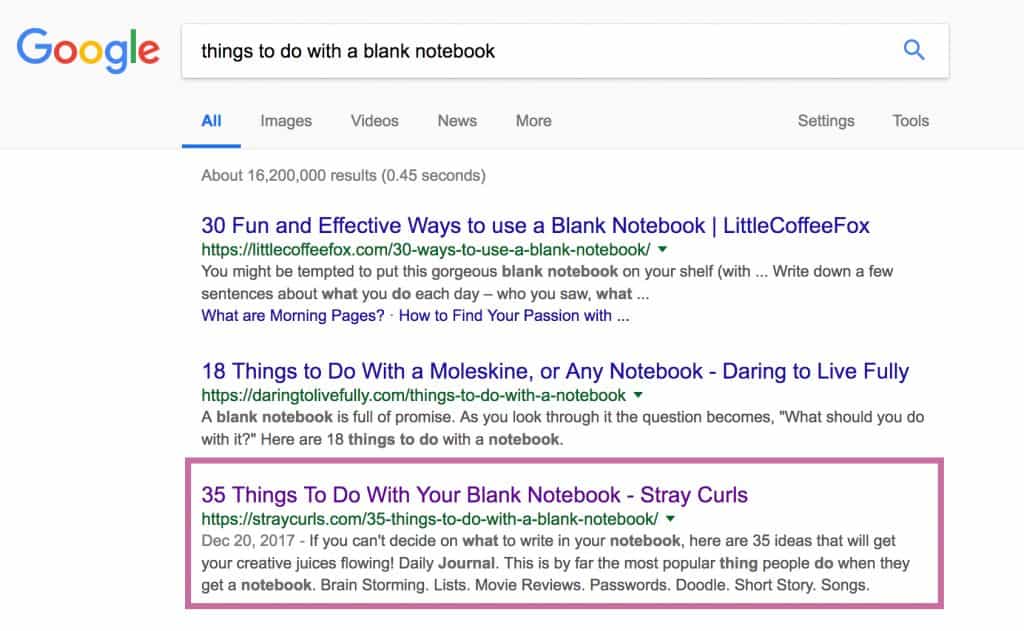
Remember, the headline of your Blog Post is super important. Only if the headline resonates with the reader will click on it to find out more.
So, how do you write a good headline?
- Aim to invoke emotions like fear/curiosity/happiness. E.g., This Common Food is making you put on weight unknowingly!
- Use odd and prime numbers to invoke curiosity. E.g., 7 Reasons Why Your Wife Isn’t Talking to you!
- Add urgency to get readers to click on your title. E.g., How to become confident in your interview in the next 5 minutes!
Writing headlines takes practice. It doesn’t happen in a snap.
But here’s a tip that’s worked for me.
Study your competitors.
Hop on Pinterest and read a few blog posts in your niche. Before clicking on a title, ask yourself why you decided to click on it.
What made you click on it?
This technique has helped me draft better blog post titles.
Note down the titles that make you want to click on them and keep them in a swipe file.
Use this Swipe File as a template to write your headlines.
Before publishing every post, write down at least 10-15 headlines. Please put them in CoSchedule’s Headline Tester.
If it gets a high score, use it as your main title. Use the others for your other pins. I explain my Pinterest strategy in this post.
7. Use paid stock photos
If you really cannot afford paid stock photos, it’s okay. Invest in it later.
However, if you’re keen on making your blog stand out and improving your SEO, paid stock photos help.
Search Engines give more priority to unique images. And since the free stock photos are used worldwide by millions of blogs, paid stock photos give you an advantage over these websites. If you are starting your blog in a competitive niche, I highly suggest using paid stock photos.
I have a lifetime subscription to Styled Stock Society and Pixistock.
These were heavy buys, but I will get unlimited stock photos from both of these companies forever, and I use these photos for Mind Space Cafe.
I prefer making 1-time investments when it comes to my blog because I feel I save more money that way.
And remember to embed images in your blog posts so that you can break away from large groups of texts.
This will help your reader not get sore eyes.

Additionally, you can also embed videos in your blog posts. And the quickest way to do that is to film them using your laptop, phone, or an inexpensive vlogging camera.
YOU WILL ALSO LOVE: 13 DEADLY BLOGGING MISTAKES I MADE IN MY FIRST BLOG
Overall, the process for writing viral blog posts is a tad bit long but super easy.
By constantly writing content that clicks with one type of audience, you become an expert, and you will make a lot of sales and commissions because you will have built trust.
Growing your Blog Traffic from the ground up
1. Implementing SEO
I’ve already given you a gist on how you have to target low-competition, low-volume keywords in the beginning and write fantastic blog posts.
But apart from that, you have also to write more blog posts around specific topics that you want to be known for. This builds topical authority and is something that will help Google understand how much expertise you have around a specific topic.
Let’s say I want to be known in the drawing tools topic; I’d write posts like this over the next 3 months:
- 5 drawing tools every artist needs
- Which drawing pencils are perfect for shading?
- Everything you need to know about blending stumps
- How to convert your pencil sketch into a digital illustration (step by step)
- The ultimate guide to using charcoal pencils
Do you get my drift?
Google will watch my blog for a while and place me in a category – understanding that I’m targeting people who like drawing.
This will help me rank faster for keywords related to this topic.
This is precisely what I did with my posts in Mind Space Cafe and got it to rank on the front page for multiple keywords:
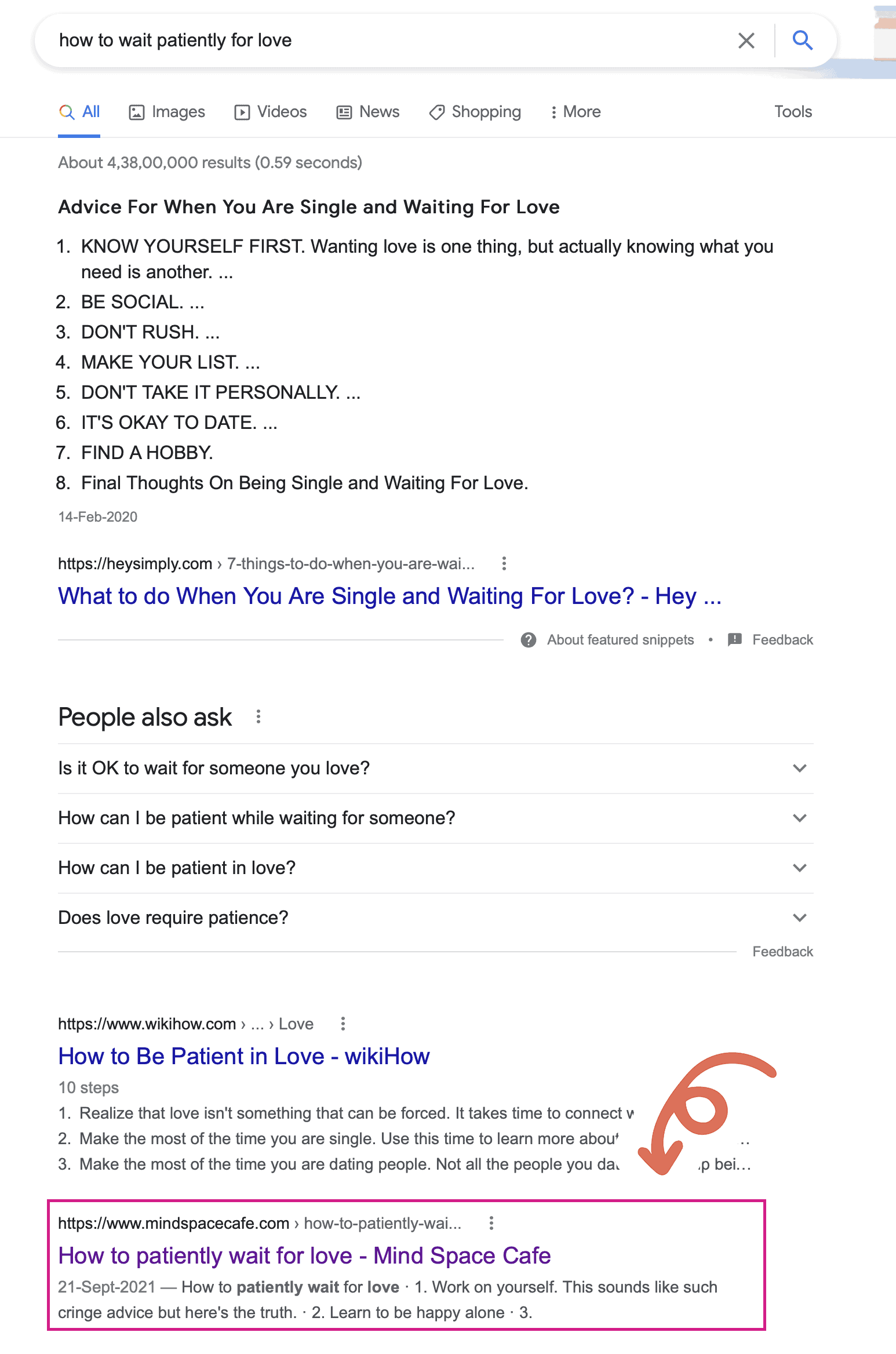
I cover every strategy I’ve used to rank higher in my SEO Blueprint eBook.
Do not ignore SEO because when you’re applying to Ad networks in the future, they will want to know how much of your traffic is organic. So, organic traffic is significant. It doesn’t fluctuate as much as social media traffic.
Speaking of social media…
2. Use Pinterest
SEO takes about 6-10 months to kick in, and it’s best to rely on other sources of traffic as well to help grow your blog’s traffic.
Pinterest works great for lifestyle blogs because over 80% of Pinterest’s audience is women.
However, in early 2020, Pinterest went through major algorithm changes, and it’s no longer as easy as before to get traffic from Pinterest.
It takes about 8 months for a pin to take off and bring significant traffic as Pinterest prefers old pins. I’ve explained my manual pinning strategy here. I only pin for 10 minutes a day.
And I watched Carly’s training to see how she used only Pinterest to grow her blog traffic to a micro-niche.
In this video training, she shows you:
- All her statistics – how she started from zero page views and grew it to 40K
- How many pins she pins a day and how she pinned to just 2 boards (personal, and not group boards)
You can check it out here – I found it really helpful!
But, if you only want to use Pinterest and no other social media (this is what I have done), then get her Pinterest course.
She explains:
- Optimizing your Pinterest profile the right way
- How and where to use keywords (how to find them)
- How many pins to pin and where to pin them
- Pinterest SEO- the whole enchilada
I’ve taken many courses on Pinterest, but this is by far the best one ever. As a social media illiterate person, I found this very helpful. You can read my full review of the course in this post.
The key is to be patient and promote your content on all the social media that brings you the most traffic. Pinterest is responsible for almost 25% of my blogging traffic and brings me tons of views.
3. Join Blogging communities
Aside from marketing on social media, keep aside time to join FB groups to be part of a community where you can share your views and get help related to blogging.
It’s nice also to help others because when you offer help and advice to others who were in your shoes 1 year ago, you not only make friends but you also establish yourself as an authority on the subject.
Try not to spam FB groups with links to your blog posts unless absolutely necessary. However, if someone has asked for a resource and you have one, you may post a link to your blog post only if the admin allows it.
Helpful Tip: Instead of sending people to your blog posts, send them to your opt-in landing page. This way, you will get people on your email list.
Furthermore, when you make online friends and have accountability buddies, you can keep tabs on each other and be constantly motivated to work on your blog!
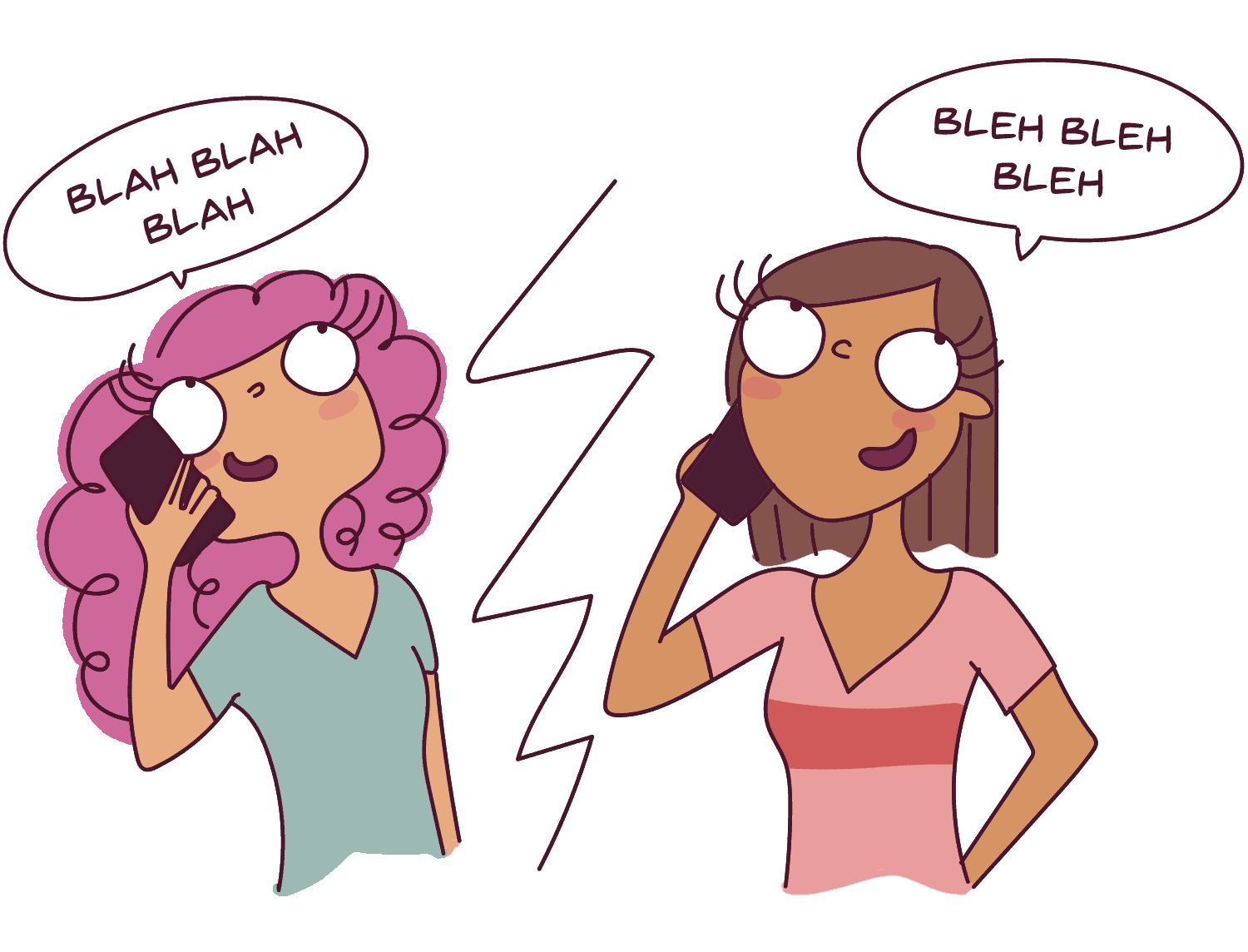
4. Comment on other blogs
There are many ways to market your blog for free, and this is by far the best one!
Whenever you like a blog post and find it valuable – don’t just leave.
Write a comment.
Ask a question.
Keep the conversation going wherever you go.
Not only does this help you build relationships with bloggers, but it also makes you visible on the Blogging Map.
Comment on at least 2-3 blog posts every single day. This will help you get noticed in the blogging community. Make sure your comments are detailed and well-thought.
Here are a few posts to help you gain blog traffic:
- 13 Proven Strategies to Decrease your Bounce Rate
- 33 Easy Ways to Double your Blog Traffic
- 13 Free Ways to Market your Blog and Business
- How I currently use the manual pinning method in Pinterest in 2022
- How I used Pinterest to gain 18,000 views in my 3rd-month blogging!
- 17 Killer Ways to Get Tons of Blog Comments
5. Build backlinks
Google is going to take at least 6-9 months to move your website from the sandbox and start ranking it because it needs to see your expertise, authority and understand what you blog about.
The best way to speed this up is to build backlinks.
However, it will take time for you to build natural backlinks and domain authority. You can sign up to HARO and then you will get emails every day about journalists looking for answers to questions. You’ll have to weed them out based on the category that you blog under and you can respond to specific inquiries.
If your answer gets chosen by a particular journalist, you will be featured in a website in the same niche as yours and higher domain authority.
This will give you link juice and your domain authority will go up.
I learned this from Debbie Gartner.
She has an excellent eBook on building backlinks that I snagged a year ago.
The best part?
None of her strategies include blogger outreach. You can build these backlinks on your own! A major mistake that most bloggers make is not trying to get backlinks. This accounts for at least 50% of how well your article ranks. She shares over 31 strategies and places to get high-quality backlinks. Check out her eBook here.
I didn’t know most of these strategies myself. So as an Intermediate blogger, I have learned a lot from this eBook!
How to make money with a lifestyle blog?
1. Ads
I don’t recommend ads for niche-focused blogs because there are so many better ways to monetize other than ads.
However, if your niche blog grows to 50K pageviews and more, you can consider joining an Ad network; there’s no harm against it.
Ads slow down your website a bit, so I always suggest that my readers work on their blogs for 6 months and have at least 30 posts before applying to an ad network. Otherwise, people will leave your website if they see 2 blog posts and a website full of ads!
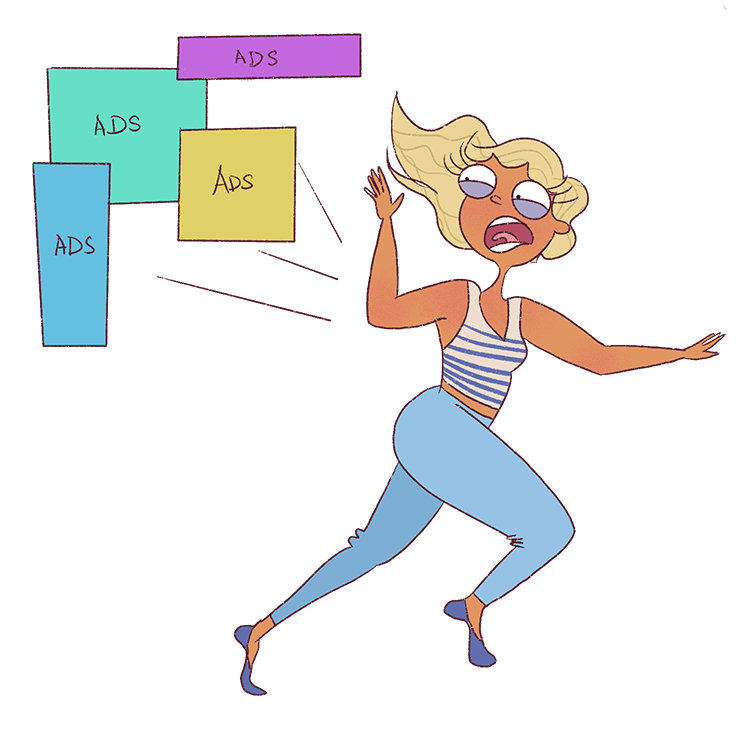
However, with lifestyle blogs, ads are wonderful and can bring you quite a bit of money.
Here are a few ad networks I recommend:
- Ezoic – They don’t have a cut-off; you can apply as soon as you finish 6 months of blogging.
- Monumetric – You need to have 10K page views a month before applying.
- SHEMedia – You need 20K page views, but I applied with 1K, and they accepted. If your lifestyle blog is well written, they won’t mind breaking the rules.
- Mediavine – You need to have 50K sessions a month before applying.
2. Affiliate marketing
This is one of the best monetization strategies that work with almost any type of blog.
Because there are companies that you can tie up within pretty much any niche and start promoting straight away, Tracie Fobes has a good guide on all the affiliate companies you can join for any niche. It’s free; please check it out!
The only factors that you need to consider are:
- Is the affiliate product/service in your niche?
- Do you actually enjoy using this product/service?
- Can you see yourself promoting this product/service to your readers?
Please be careful when picking affiliate companies.
You want to be very picky initially because you are building trust with your readers, and you cannot jeopardize this over a few measly bucks. So do not promote products you don’t use or don’t like.
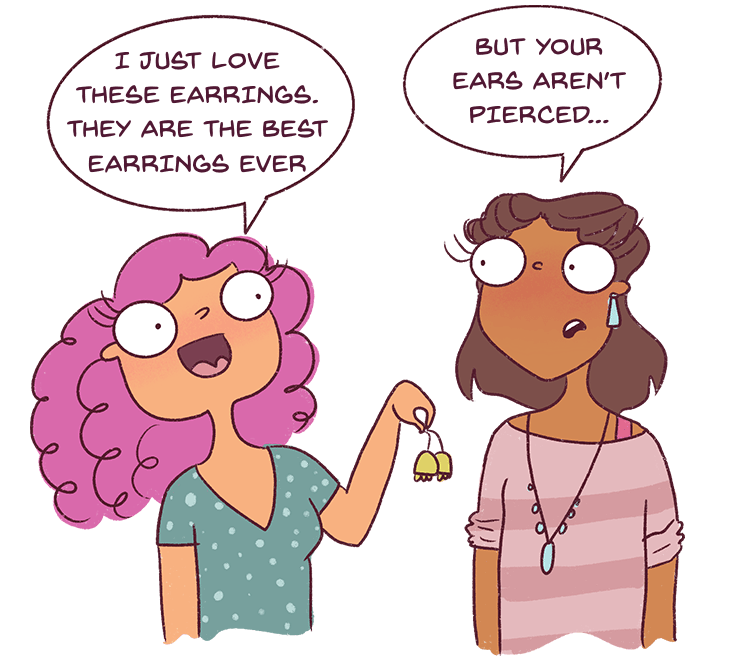
Promote something that you are comfortable promoting and know will work for your audience.
Affiliate marketing is worth it.
Here are some affiliate marketing hacks you may enjoy!
3. Sponsored Posts
I haven’t tried this monetization strategy till now, but you can write sponsored posts for companies or clients as you grow.
When your traffic grows and becomes big, companies will reach out to you to ask if you are comfortable writing about the product or service and promoting it in a blog post.
If it falls in your niche, you should definitely go for it. You can learn more about sponsored posts here.
I cover more monetization strategies here.
What do you need to run a successful lifestyle blog?
1. Patience
In the Facebook Groups I am a part of; I constantly see questions like, “I’ve been blogging for 10 months, but I have made no money.”
It is very disheartening to see that people have such high expectations when it comes to making money blogging.
This is a long game.
We don’t join MBBS and expect to become doctors in a month, do we?

Likewise, blogging takes time to make money.
In some extremely rare cases, blogs do take off because they become viral or have found a gap in the market and then gone on to fill that gap.
But most bloggers take time to make money blogging, especially if you’re blogging now or starting a blog after 2020.
It takes time to grow, time to build trust, and time to gain a loyal audience.
It will take time for Google to understand what your posts are about and rank you. SEO takes time work. You may also find these posts helpful:
- Is blogging dead? Answering all your questions
- How long does it take to make money blogging realistically?
2. Analyse your progress
For the first 3 months, your progress will be close to minimal. Let it go.
After three months, analyze your progress at the end of each month. See which keywords you are ranking for and go through those blog posts and optimize them for those specific keywords. You can use Google Search Console for this.
See which topics are doing better than others and write more blog posts related to those topics.
Your blog will continuously evolve and become better and more refined – but the only way to get there is to blog consistently.
Speaking of which…
3. Be consistent
It’s so easy to start something new, but it’s very, very hard to show up day after day and work when you cannot see the results immediately.
No one has it easy. None of us are given a guarantee that we will succeed when we invest money into our blogs.
Entrepreneurship is like taking a leap of faith into the darkness.
The only way to succeed is to put in the work, day after day, and keep noting what works and what doesn’t while tweaking things to become successful.
So, focus on growing your blog and let it grow slowly. You’ll get there!
Here are some posts you may enjoy:
- How to form a content plan for the next 6 months and crush it!
- The Ultimate Guide to Being a consistent blogger
- 27 productivity hacks to help you blog better!
Conclusion
I hope this post helped you understand how to start a lifestyle blog and make money from it.
These are all the steps I’ve taken to start and grow my lifestyle blog from scratch. I am currently in the process of growing a 3rd blog in a focused niche. And I will publish those updates soon.
Although I post only 1-2 times a month, I do send out regular newsletters. So, please sign up to my blog by downloading my free blog planner so that you never miss a weekly newsletter where I share whatever I learn about blogging and business!
I know that this is a lot of information to process, so bookmark it and keep coming back to this post if need be.
If you have any questions or doubts, please leave a comment below, and I will get back to you ASAP!
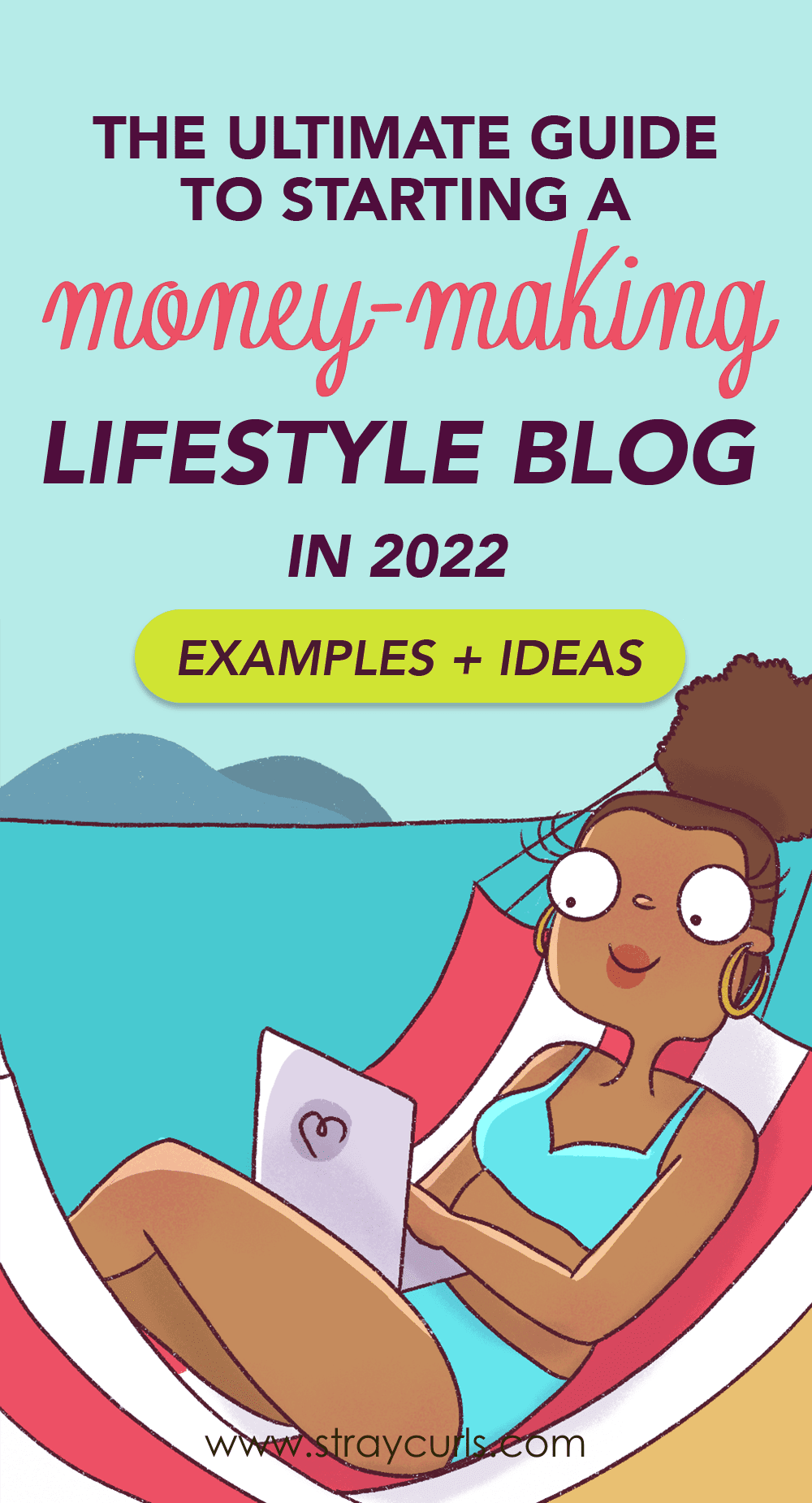
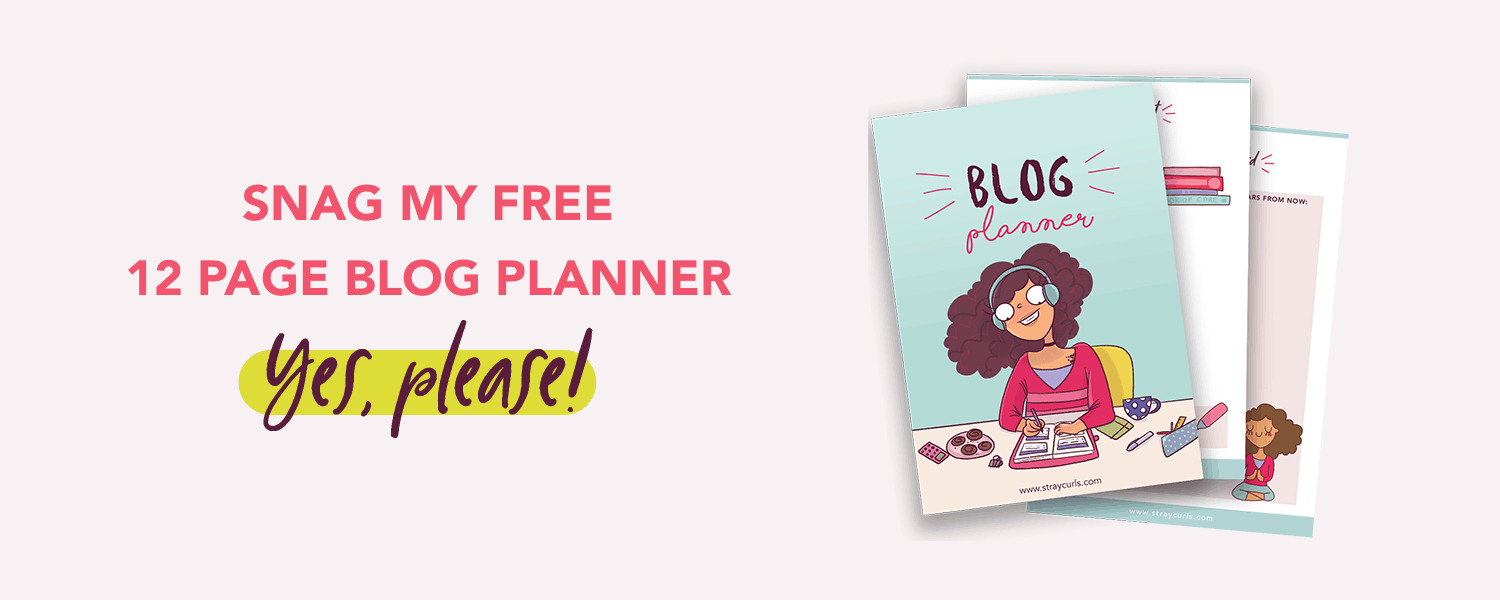
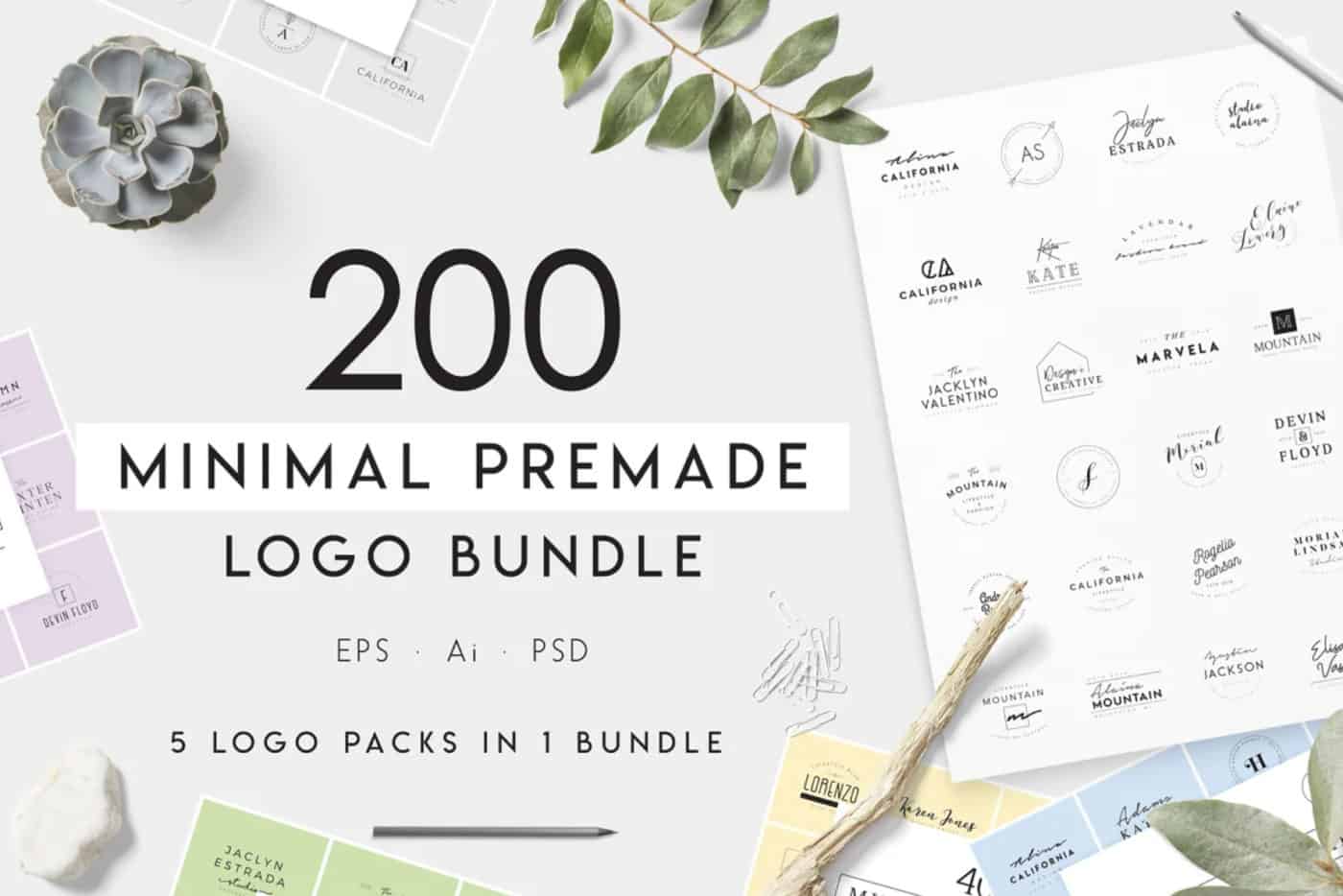
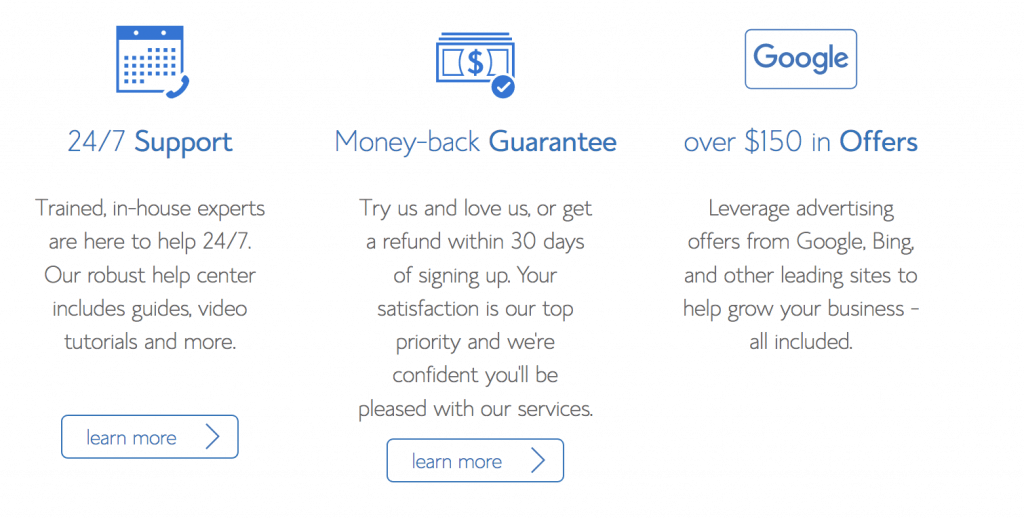

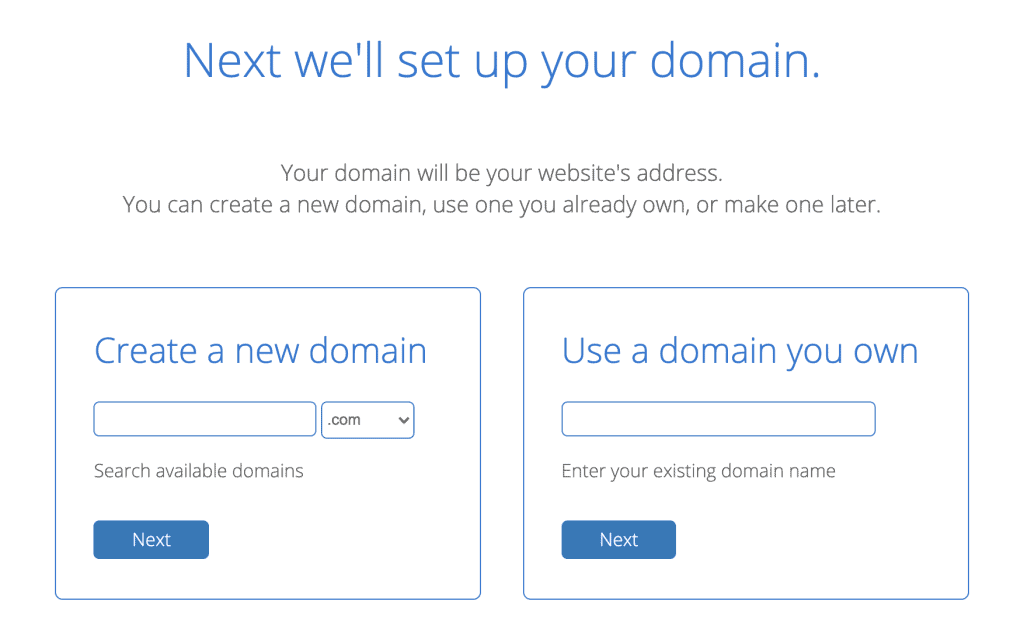
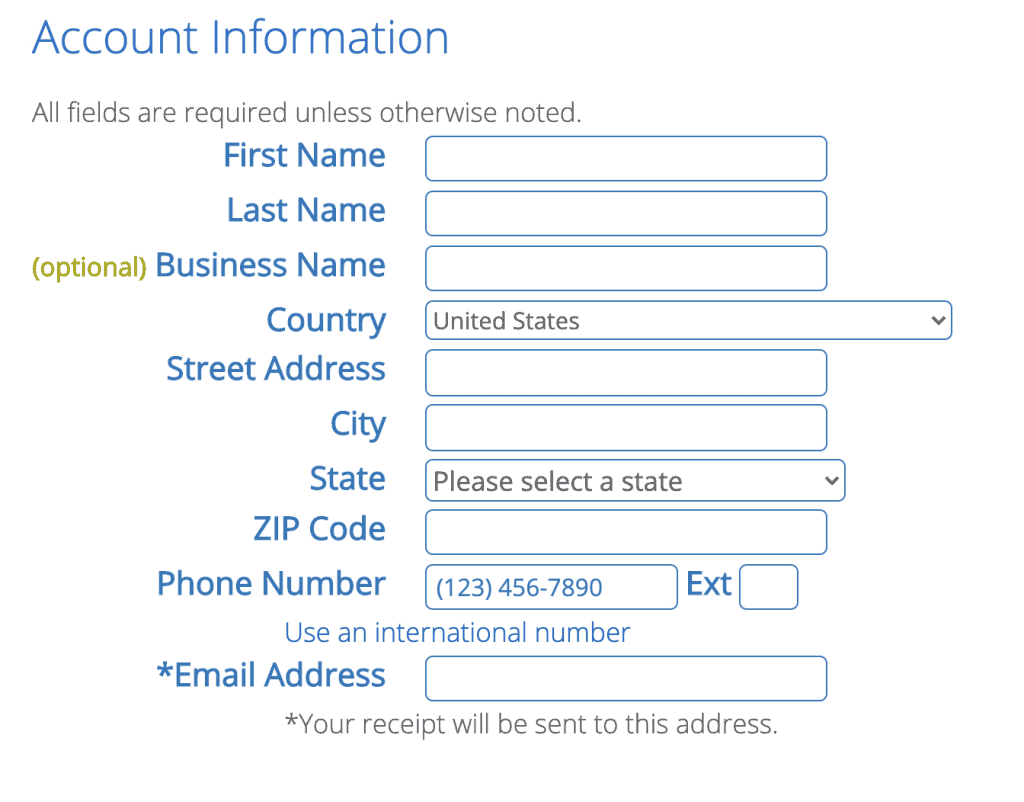
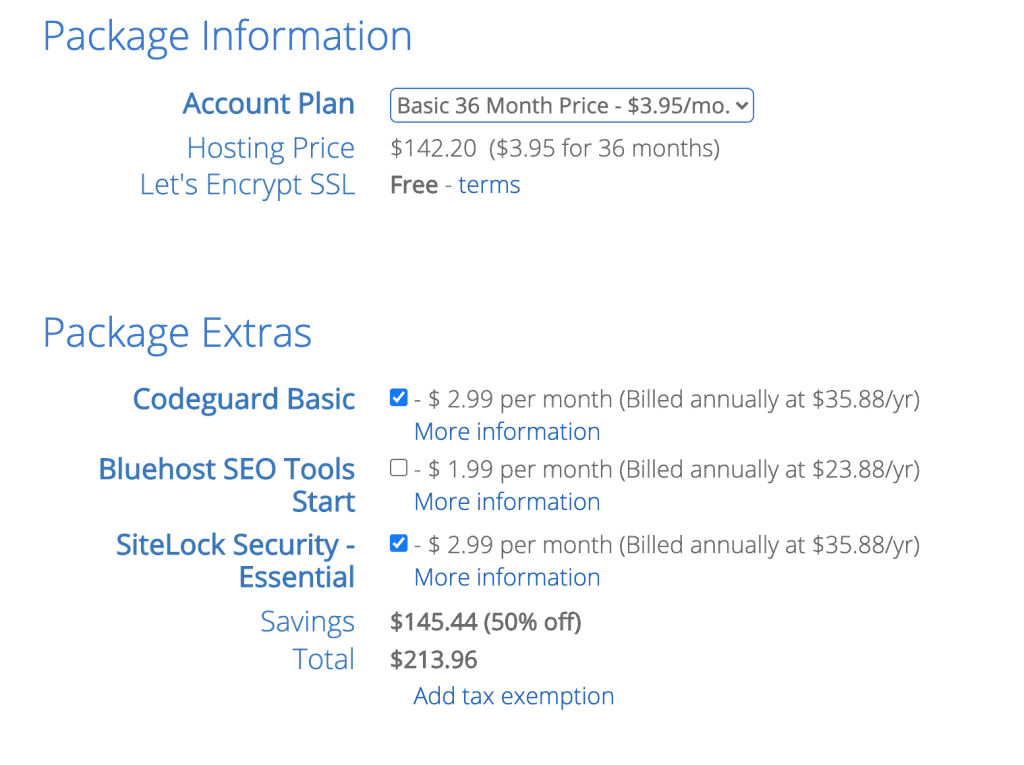
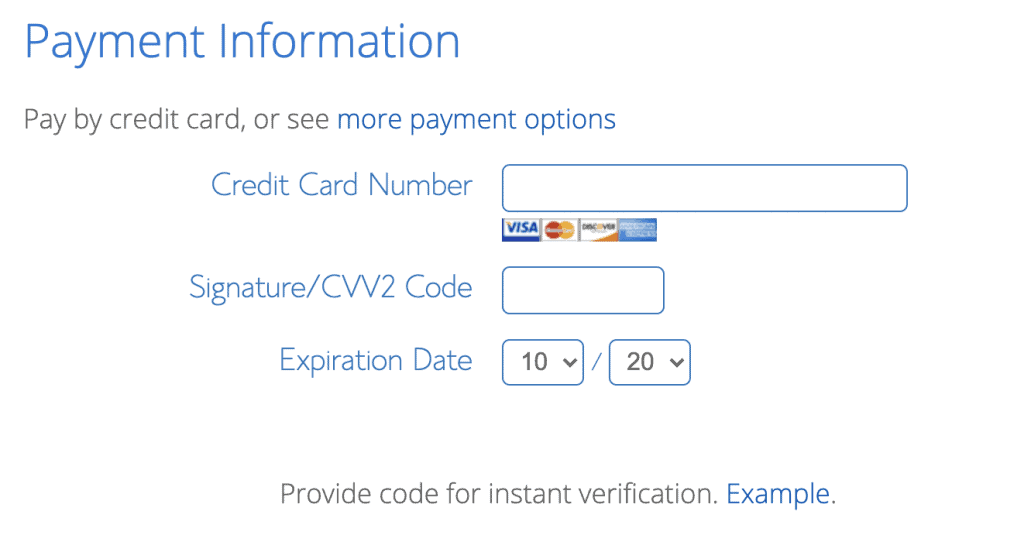
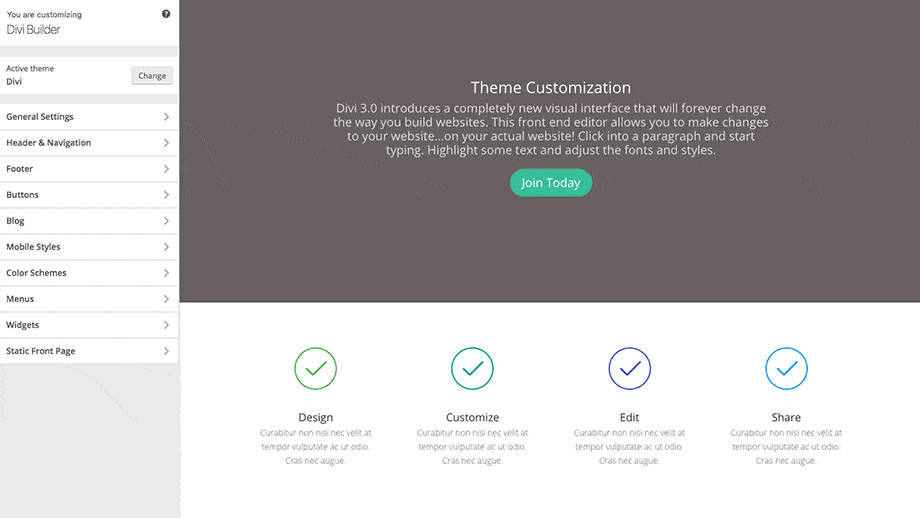
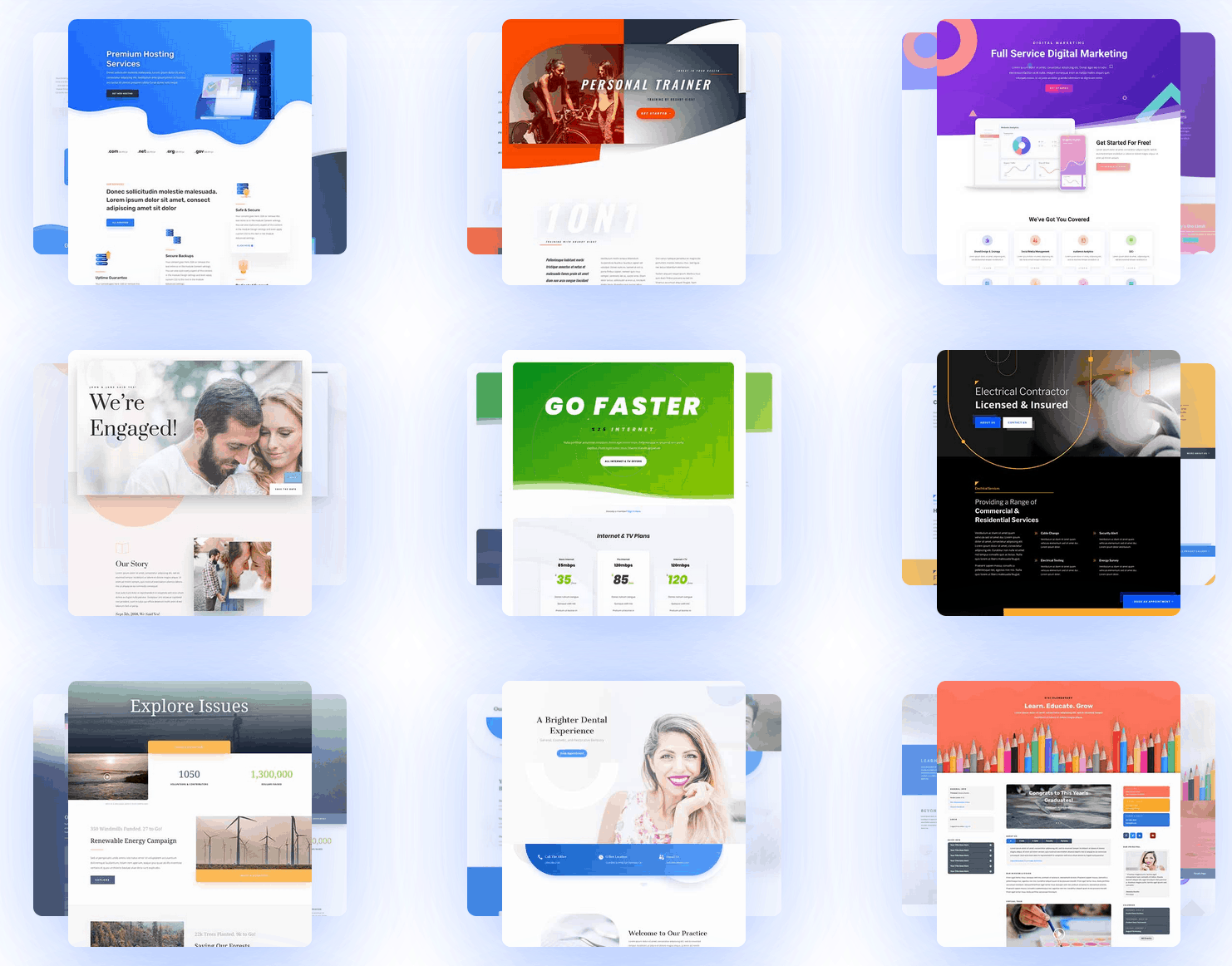
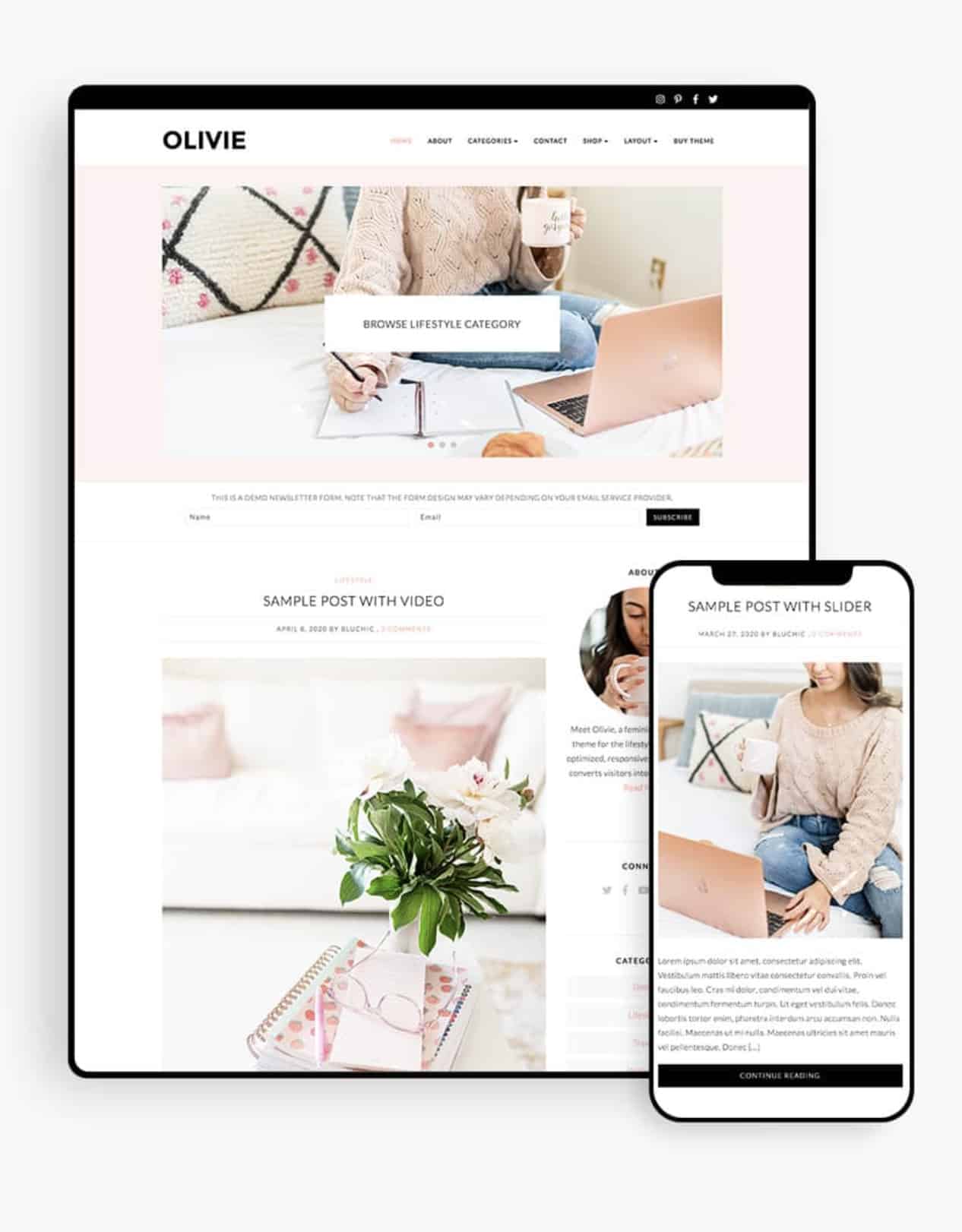
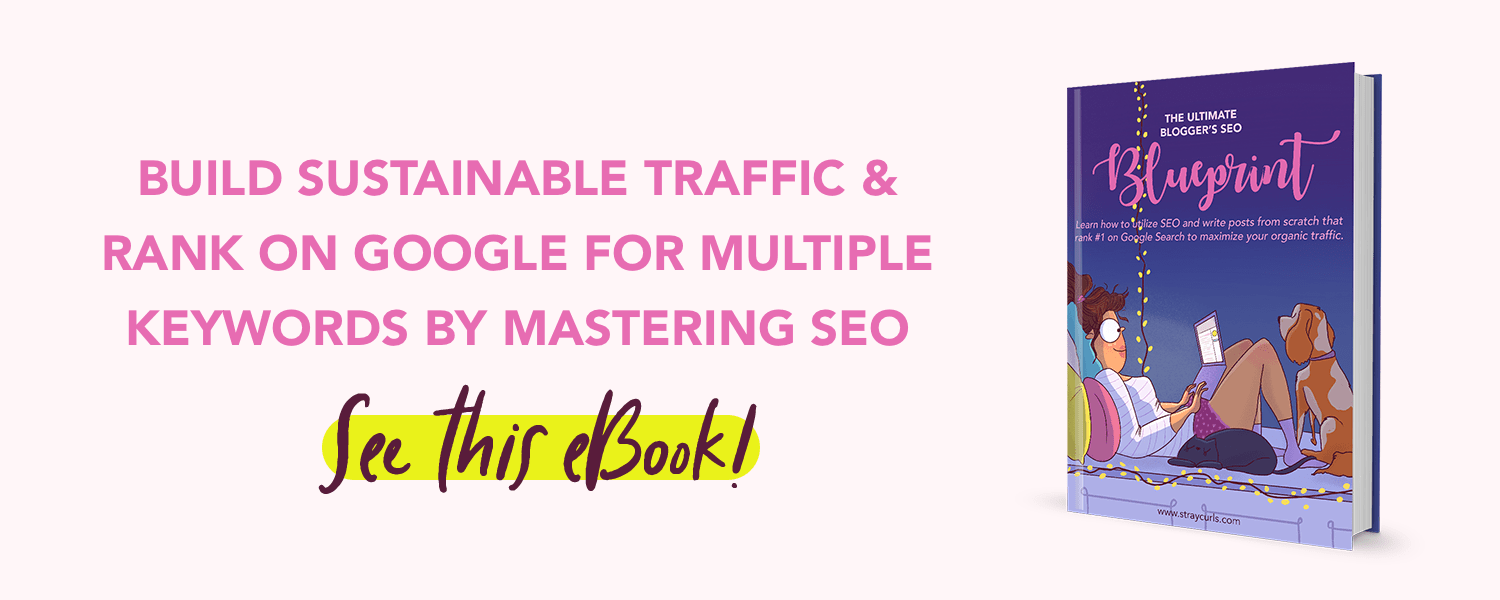
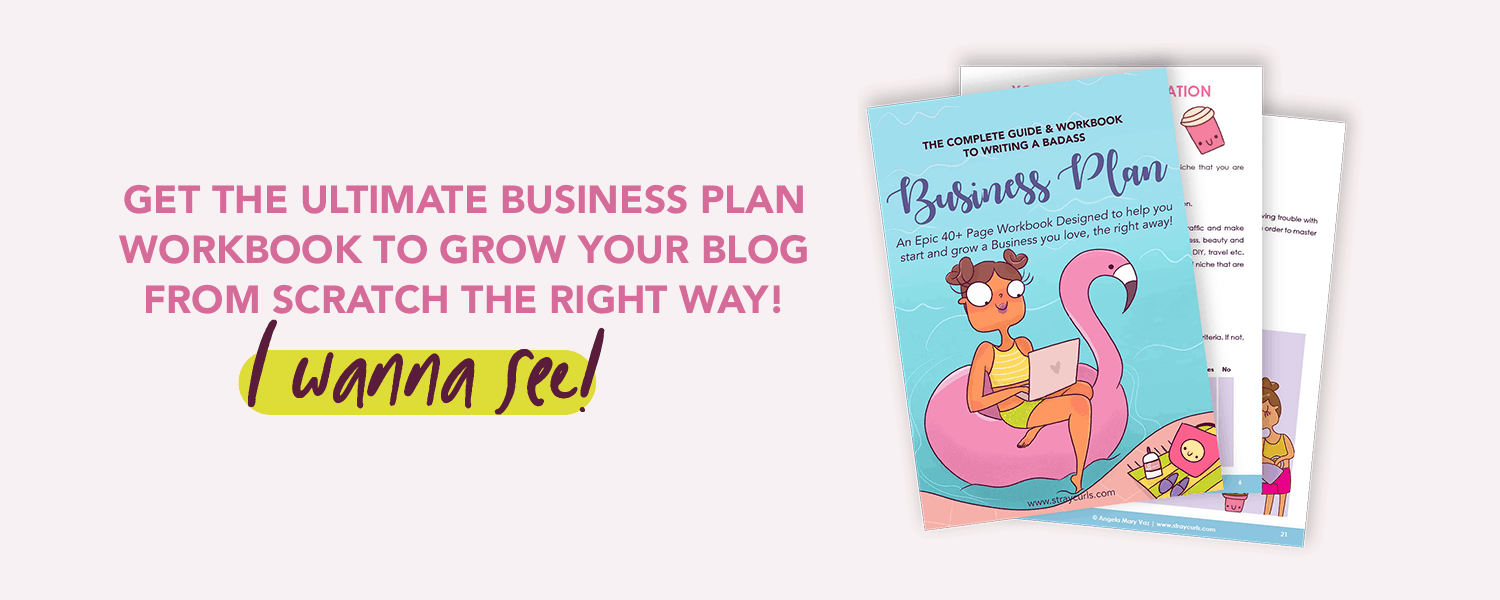


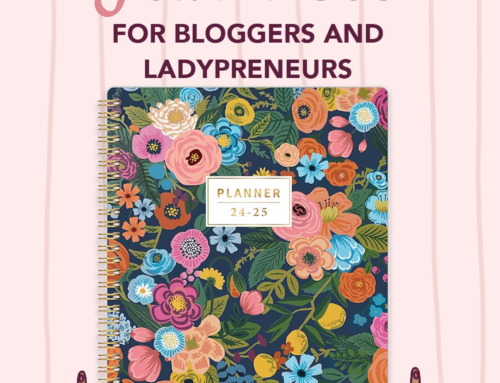
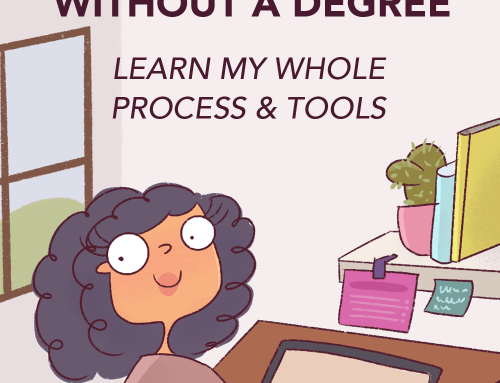
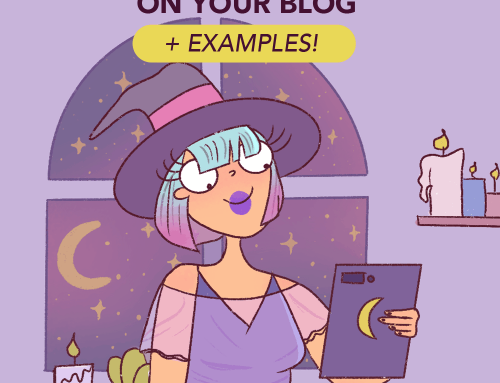
This is such a fantastic and comprehensive guide to getting started with blogging! Really inspiring, it’s wonderful to see what success you’ve had with the methods you teach!
Hey Vicky,
I’m so glad you enjoyed this post. I do see that you have a lovely blog on personal finance!
Let me know if you have any questions related to blogging and traffic, and I’ll be more than happy to help!
Lots of love,
Angela
Awesome post dear!
I have two questions:
1. How do you do keyword research; Which keyword research tools do you personally use and recommend?
2. What about link building; How do you go about it?
Hello Abeeha,
Great questions!
1. Regarding keyword research, I use Ahrefs but it’s $99 a month. You can use KeySearch (Use code KSDISC to get a 20% discount) as it’s more cost-effective. I don’t recommend any free keyword tools because they don’t give you accurate results. And if you choose the wrong keyword (based on the incorrect volumes), you’ve messed up the first part of your blog writing process.
2. I included a section under traffic, that discusses how to go about link building. I will include it here for your reference:
You can sign up to HARO and then you will get emails everyday about journalists looking for answers to questions. You’ll have to weed them out based on the category that you blog under and you can respond to specific inquiries.
If your answer gets chosen by a particular journalist, you will be featured in a website in the same niche as yours and higher domain authority.
This will give you link juice and your domain authority will go up.
I learned this from Debbie Gartner.
She has an excellent eBook on building backlinks that I snagged a year ago.
The best part?
None of her strategies include blogger outreach. You can build these backlinks on your own! A major mistake that most bloggers make is not trying to get backlinks. This accounts for at least 50% of how well your article ranks. She shares over 31 strategies and places to get high-quality backlinks. Check out her eBook here.
I didn’t know most of these strategies myself. So as an Intermediate blogger, I have learned a lot from this eBook!
I hope this helps. Let me know if you have more questions and I’ll be happy to assist you!
Lots of love,
Angela
Hello, hello!
I have a beach decor site and altho I love it (and my peeps) it’s not exactly fulfilling, you know?
So I’ve mulled over who I want to help, within the business model I like.
I’m leaning towards journaling.
Not just journaling but providing a platform for women like me who get off to a good start but then slowly stop journaling over time.
I’ll be honest, the dismal keyword research results is off-putting.
I’m gonna do it tho.
I’ll use my trusty Ubersuggest and do the best with that, and then the other thing I plan to do is get on podcasts.
Thank you for all your help Angela!
love, Darlene
Hey Darlene,
I know what it’s like to start a blog and be very vested in it but after a while, the interest slowly dies out. It’s okay for this to happen.
It’s an amazing idea that you’re starting a new blog in journalling. The competition is intense, but if you can dedicate writing at least 5-8 blog posts a month for the first year, that should give you a good head start.
Although, I highly recommend not using Ubersuggest. I use it too along with Ahrefs and it gives me very incorrect readings as compared to paid tools. It sometimes gets the volume and KD wrong and this can lead you to pick keywords that you have no chance at ranking. Please use a paid keyword tool. Ahrefs is expensive, but if you’re looking for a more cost-effective tool, try Keysearch (you can use KSDISC to get a further discount) It’s really, really good.
This niche will also do well on Pinterest, so make sure you use Pinterest to your complete advantage. If possible, embed a few youtube videos as well.
Apart from that, you’re good to go! If you do have any questions, do let me know.
Lots of love,
Angela
Thank you for detailed response.
I actually use the paid version of Ubersuggest.
I will look at the Ahrefs.. my son was just saying the other day he’d prefer that one over Uber.. but what I have found is that no matter what KW tool I use.. and I’ve paid for them all at one time or another (except Semrush) they ALL give conflicting reports.
One thing I do regardless of competition results is to look at DA of the blogs ranking top ten. If there is one or more under 30, I feel pretty confident.
Angela I want to mention, that you are such an inspiration!
I weed out my email subscriptions from time to time, but never unsubscribe from yours!
luv, d
Hey Darlene,
Yes, I too have the paid version of Ubersuggest but their search volumes and KDs are off sometimes. Ahrefs is incredible. I use it now for all my 3 blogs and I don’t think I’m going to use any other keyword tool ever.
They do have conflicting reports. What I do is, once I’ve found a keyword, I enter it in Google and analyze the first page results thoroughly. I look at their DAs and see if I stand a fair chance at ranking. Only then, do I make the move of writing the posts. Yes, exactly what you do too!
And honestly, I’m honored that you enjoy my newsletters!
Please feel free to hit me up if you ever have a question – I’m more than happy to help!
Lots of love,
Angela
Hi Angela,
I actually use the paid Uber version.
I’ve tried practically every paid and free SEO tool on the planet, and my experience is that all give conflicting data.
So I’m with Uber cause it’s easy to use, and Neil sometimes personally answers any questions. Like in less than an hour. Crazy!
My son has been talking about Ahrefs a lot lately so maybe we’ll try it out again.
Love, love your posts! ~Darlene
Hey Darlene,
Neil is a nice guy, he always goes out of the way to keep his readers and customers happy. I really do love people who take time out of their day to respond to inquiries – it’s very rare!
Please do give Ahrefs a try, I’ve seen good success with it and with this tool, I’m able to see what keywords my posts are ranking for and then optimize them further. I don’t need to keep weeding through Google Search Console to do that, so I found it most helpful!
Hey Angela! This blog post was amazing as every other post on starycurls. I thoroughly enjoyed reading it and found it super helpful. I’m trying to build a health and lifestyle blog and this was super helpful. Thank you.
I’m glad you enjoyed it Neha, let me know if you have any questions and I’ll be more than happy to help!
Best of luck with your new blog!
Angela
Hey Angela, can we expand a niche blog to a lifestyle blog after getting a good amount of traffic for that niche keyword (say, up to 5k monthly traffic), by adding more categories along with that niche as one of the categories?
Hey Dee,
Once you get to 50K page views a month (not 5K), you can expand your niche to include 1-2 more topics. That’s what a lot of lifestyle blogs do. At that point, it’s safe to branch out.
Let me know if you have more questions! I’ll be happy to help!
Angela
Hi Angela, I’m an Angela too! It can’t possibly be that I am the first commenter, but Great article, as always.
Much of what you say here is so true, and being that I recently decided to get mt countless blogs i have
abandoned alive again, I am facing some off these issues.
Thanks for the insigt into some of these problems, and ways to help solve them.
Hey Angela,
I’m glad that you’re getting your countless blogs off the ground. But what are the issues you’re facing? Any way I can help?
Lots of love,
Ang
Fantastic job, Angela! You amaze me once again with your incredibly detailed & SUPER helpful posts. I never thought twice about starting a Lifestyle blog, having all my “resources” telling me it’s impossible to make money off of them. But who knows? Maybe the inspiration will come. Still loved reading this post, though!! You are such an incredible & talented blogger. :))
Happy writing! :D
Ah, thank you, Emma. You are too kind.
You can start a lifestyle blog and make it work, no problem. But it does take longer to take off though as compared to a niche-focused blog. What are you planning on starting your blog on though? Are you leaning toward a particular niche?
Warm regards,
Angela
Hi Angela,
This is such a beautiful and comprehensive post. Definitely a keep, I have printed out the entire post to keep it for good.
Thanks so much for your posts which are so generous in knowledge always and which keeps pushing people like me to take the step ahead.
Hey Prachee,
Thank you so much. I’m glad you enjoyed it. Are you planning on starting a lifestyle blog yourself? Or are you leaning more towards a niche based blog?
Lots of love,
Angela
Wow that was such an insightful post .Learning a lot of things daily through you blog post .
I just love the illustrations you have created for the blog. In fact they were the reason I had started following your blog on Pinterest .
kudos to your dedication. Really inspiring posts
Hey Gauri,
I’m glad you enjoyed the post. =) I see you have a lifestyle blog as well! :) Congratulations. If you run into any hiccups, let me know. I’d be happy to help!
Lots of love,
Angela
HI Angela, I am amazed how you manage to write such a long post! As mine is a lifestyle blog so I have to give it a read and I read it word by word religiously. And the time is really well-spent. Thank you for another amazing post. I can only imagine the hard work behind this one post. I seriously want to know how you manage to write so much and what’s your writing schedule as you are managing three blogs now. I am really looking for an answer for this one! Keep doing the great work. More Power to You.
Hey Pratishtha,
Yes, I do remember visiting your blog. =) Is it going well? Do you need help with anything? Do let me know!
I have a schedule for writing. I write only 1-2 posts for Stray Curls, 5 for the second blog, and 7 for the newest blog. I have a good typing speed of over 100 words per minute so that certainly helps. And I’m able to write over 2K words an hour. It’s the images and illustrations that take me time but I do enjoy the overall process so it’s all good.
I hope that answers your question. =D
Angela
I was wondering about that… because you do have a lot of detailed illustrations. :)
Yes, it takes a lot of time but I do feel it’s worth it because, with Stray Curls, I want to build a brand. =D
Hi Angela.
Incredible blog post.
I started as lifestyle blog and then niched, but lost interest. I was again going to change my topics because of this lack of love and then I received this email from you. So I am very happy to sit down again and brainstorm some topics so I can fall in love with my blogging journey again.
I must say I haven’t had success, yet! Still if we don’t love doing it then sucess will never come.
So I have just bought your blog planner and let’s see how this goes.
Thank you for sharing such valuable information.
Lots of love to your pups, Sandra
Hey Sandra,
Thank you so much, I’m so glad you enjoyed the post!
Yes, it is common to lose interest when you blog because SEO takes a while to pick up. We are so used to instant gratification, it’s hard to work when we don’t know whether what we’re doing is working or not.
What is the niche you are trying to make work? May I know?
Also, I do hope you love the blog planner!
Warm regards,
Angela!
Hi Angela! I’m Caelia-Sakura & I just love your blog. I would love to start my own, but I have so many different blog ideas, it is so hard to just choose which one I want to start with first. Each would be monetized differently, too.
I’d never combine them, it’d be wayyy too strange, each blog would have a different target audience, it’d be harder to monetize & it would be difficult to connect with your readers.
My ideas include a blog about how-to live an eco-friendly life, a travel blog, and teaching others how to use Canva with a blog while selling Canva templates on the website.
So, that’s where I’m at! Trying to figure out which blog I should start with. Any thoughts? :)
With love,
Caelia-Sakura
Hello Caelia-Sakura,
Thank you so much! It is no doubt hard to pick a niche when you have so many interests but please do go with 1 first. Even if you combine them, make sure you target 1 audience. I think how to live an eco-friendly life and travel can be combined. Teaching Canva can be a separate blog. So it’s completely your choice but pick either one.
I currently have 3 blogs and it’s nice to keep all of them separately. :D
Let me know if you have more questions!
Angela
Hello Angela, it is a pleasure to be able to greet you, I read your articles from Colombia, I found you thanks to a query I made on Google (I did it in English) with the help of the translator, since my language is Spanish, but I really like to consult in English since the information that appears is more relevant and of higher quality.
I plan to start several blog projects, but I know that when I start I have to focus on just one to have better results and be more productive, at this moment I don’t know if I should start with a Blog about dogs (I love dogs too much, in fact I have 3), but I don’t know what to focus the content of the blog on, my intention is to create and sell electronic books, but I am not sure what problem to solve in these electronic books, what can you advise me to solve this? In a second phase of this project, I would like to start an online store to sell physical products. How feasible do you consider this idea?
And another thing, I currently work 12 hours a day and the time I have available to focus 100% on this project is really little, but currently this job is my only source of income, so I can’t leave it for the moment. Because of this, I’ve been thinking about outsourcing the SEO and blog content, paying to an independent freelancer found on platforms like Fiverr and such, to speed up this process a bit. How recommendable is it to do this? Do you think it is good to work hand in hand with a freelancer on a project like this?
I really appreciate your answer. :)
Hey David,
Thank you so much for writing to me.
I think you should start with 1 blog on 1 topic. Dogs are a popular topic, yes, but you need to be a vet in order to write about dogs and gain rankings. Google prefers experts in these niches.
Choose something else. Also, don’t think about physical products now when you haven’t started a blog. Do 1 thing at a time. Build a content library first. Once you finish publishing 100K words (50 blog posts), you can start monetizing. Start with ads and affiliate marketing. Once you have a large audience, move to digital products.
After you’re making at least $2K from your blog every month or more, you can think of starting physical products. Physical products require inventory, SKUs, shipping, and a lot of storage space. I don’t suggest starting this in the beginning. It’s not the second phase, it’s more like 4th or 5th.
I don’t suggest hiring writers now. Spend time learning SEO first. I have a comprehensive guide that will help you: https://www.straycurls.com/seo-blueprint/
If after reading this guide, you still feel hiring writers will save you time, go ahead. But give them a solid outline and ask them to fulfill your SEO requirements. Because your blog posts must be SEO optimized. You need to have a strong foundation in SEO whether you write the posts yourself or hire writers.
Let me know if you have any more questions. I will be more than happy to help.
Warm regards,
Angela
This post is super helpful, like all of your posts. I have been lifestyle blogging for a while (68 posts as I type this) & I feel like I’ve been happily giving away a lot of good information, but I still don’t have that consistent traffic. I made special note of the ad networks that don’t require 50k views a month, so thank you.
Hey Jade,
What are the keywords you are targeting? What is the volume of the keywords you are targeting when you are writing your posts? Also, for how long have you been blogging? How many years/months to be more precise?
Let me know and I can guide you.
Warm regards,
Angela
Hi Angela,
I love your blog. Something I genuinely adore about Stray Curls is that you provide loads of valuable information in one post. It’s much easier this way to get to know a topic in depth.
I’m a lifestyle blogger but there seem to be a lot of things against me. Things like Pinterest’s changing algorithm, not putting my face on my blog (many bloggers say not to do this), and should have started SEO long ago. Been trying to catch up now with target keywords, edit old content, etc. It’s been quite a process.
I am really thinking about niching down (so many bloggers keep saying this) but I REALLY don’t want to. The odds are stacked against me but reading this blog post made me feel better. Thank you so much.
Hey Nicole,
Thank you so much; you’re very kind! =)
Lifestyle blogging takes a lot of time to grow, so try to incorporate as much affiliate marketing as you can. You also need to put a lot of effort into SEO – the quantity of posts matter. As an experiment, I tried writing 8 posts for one month, and my traffic jumped – it didn’t go lower, it stayed that way permanently and only went up and up from there. So try writing a lot of posts.
Also, keep at it for a few months. If you still see no signs of growth, start another blog (niched, I’m sorry) and transfer whatever posts are relevant to that blog from your lifestyle blog. And then grow a niched blog – it actually grows so much faster.
I hope this helps!
Angela